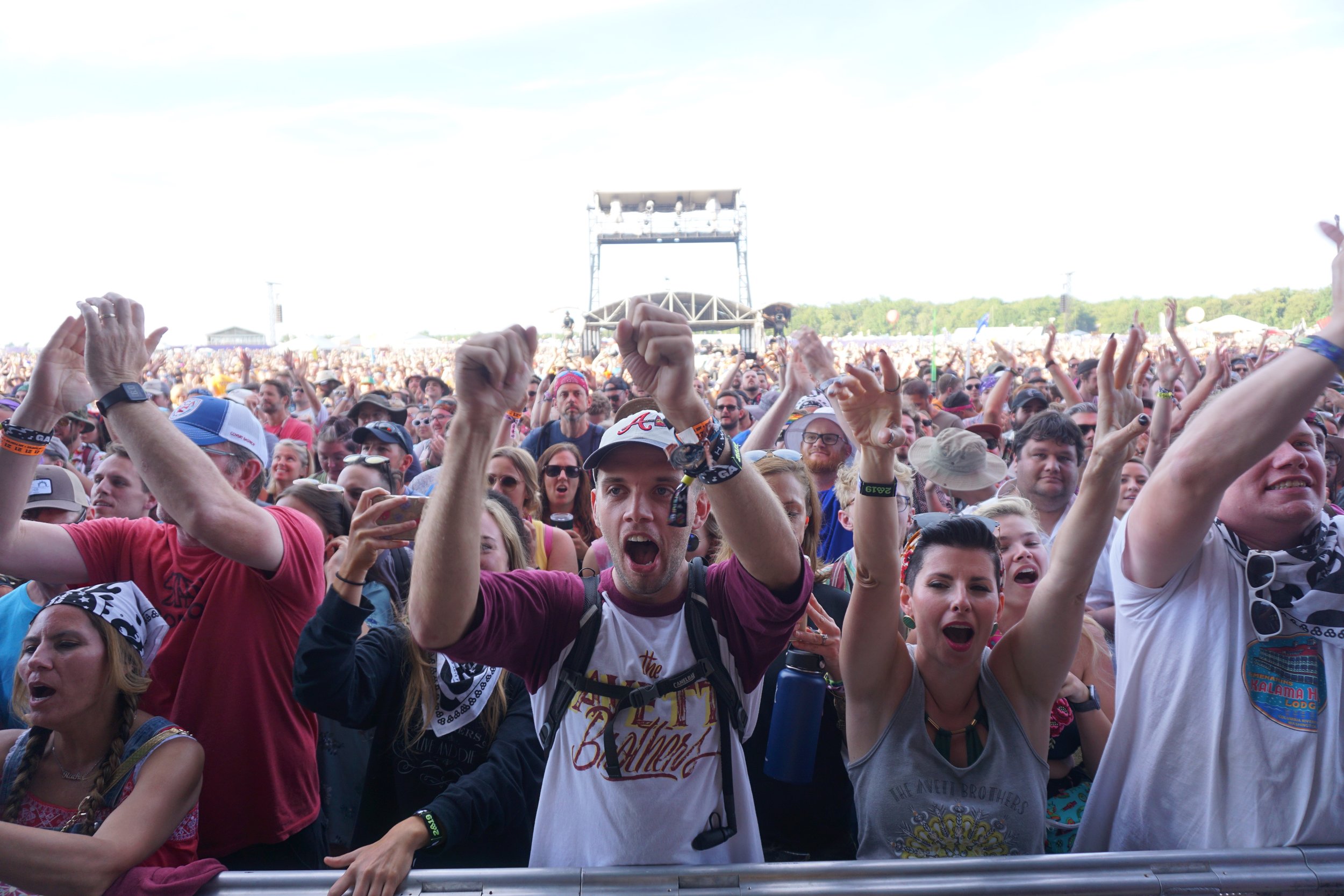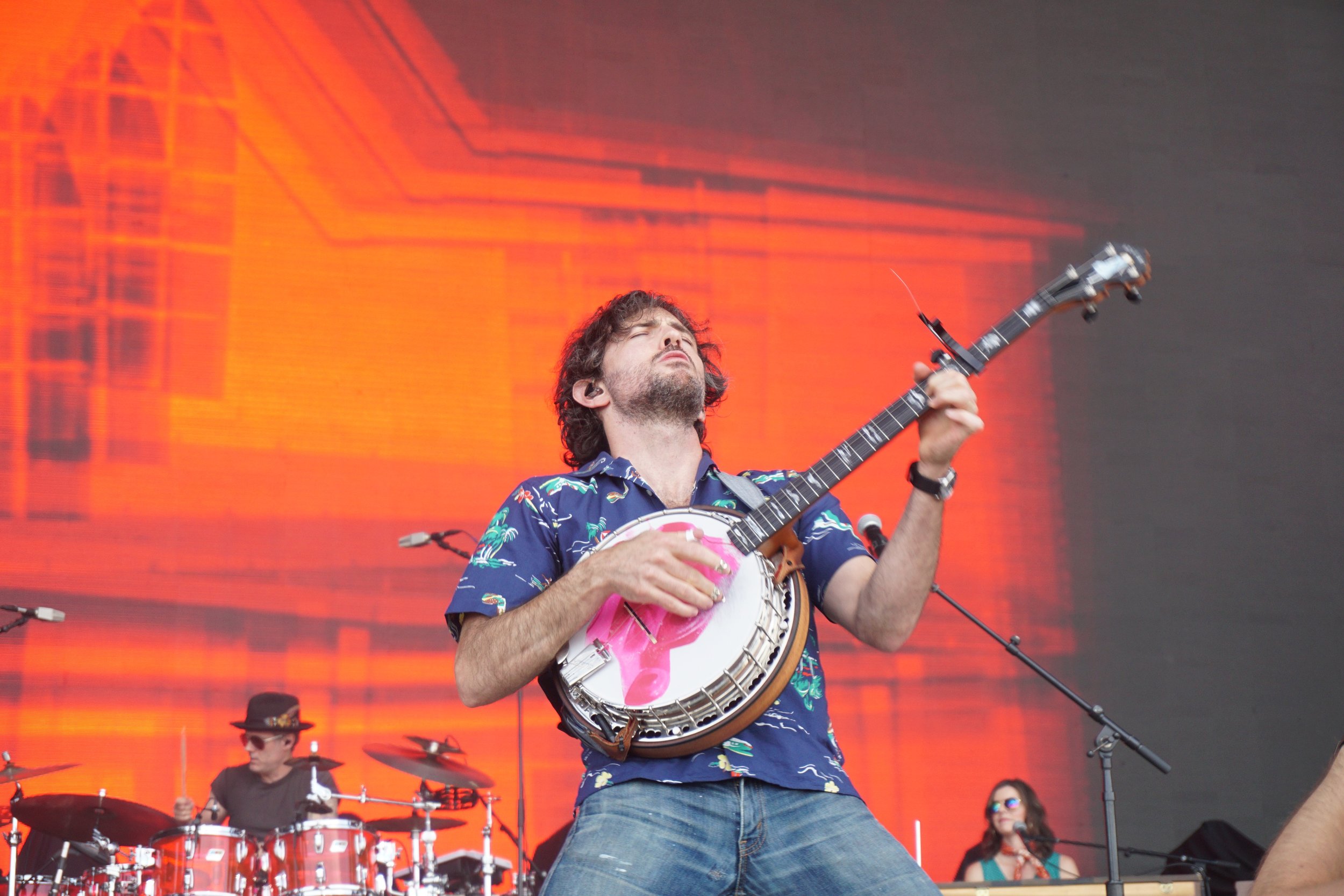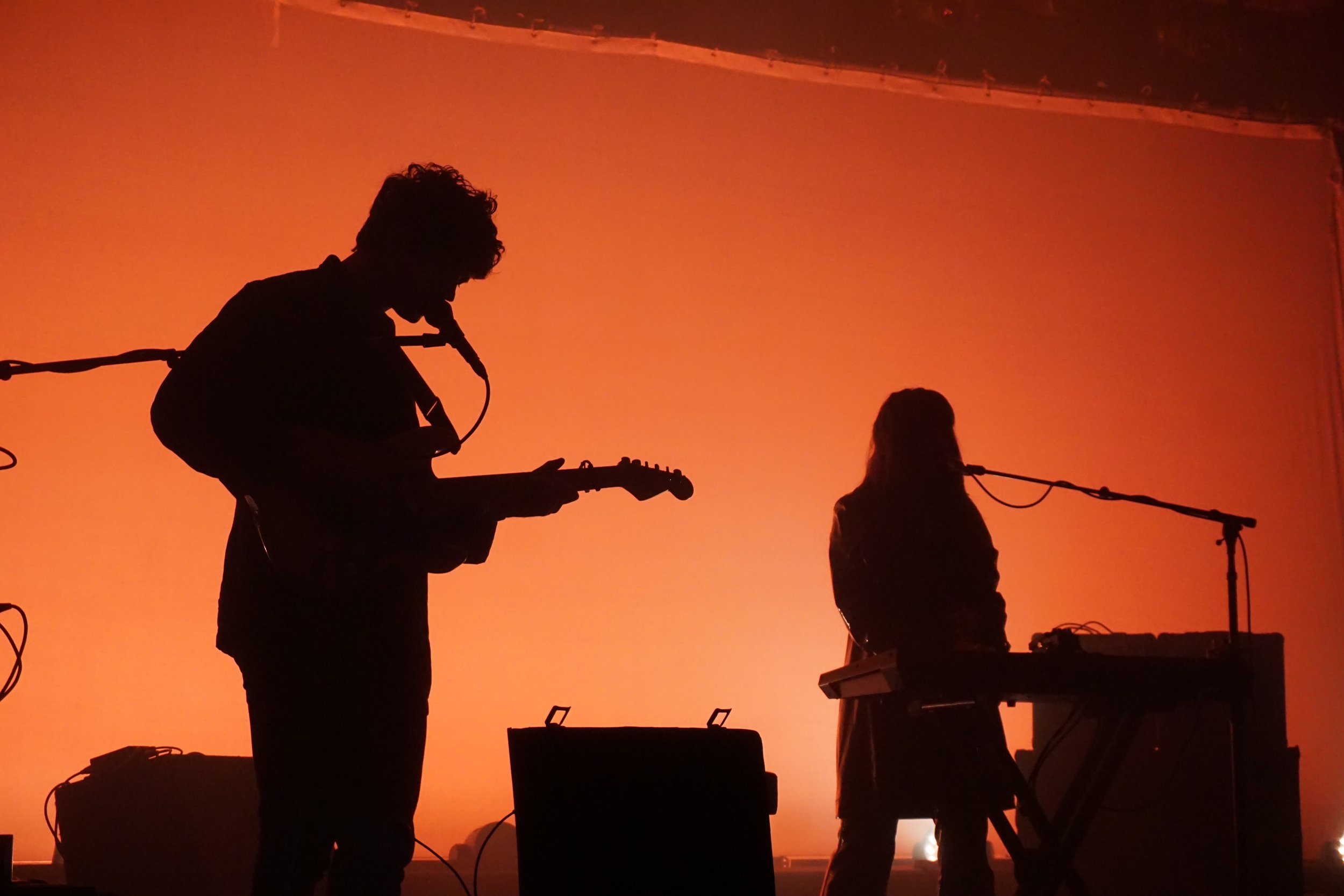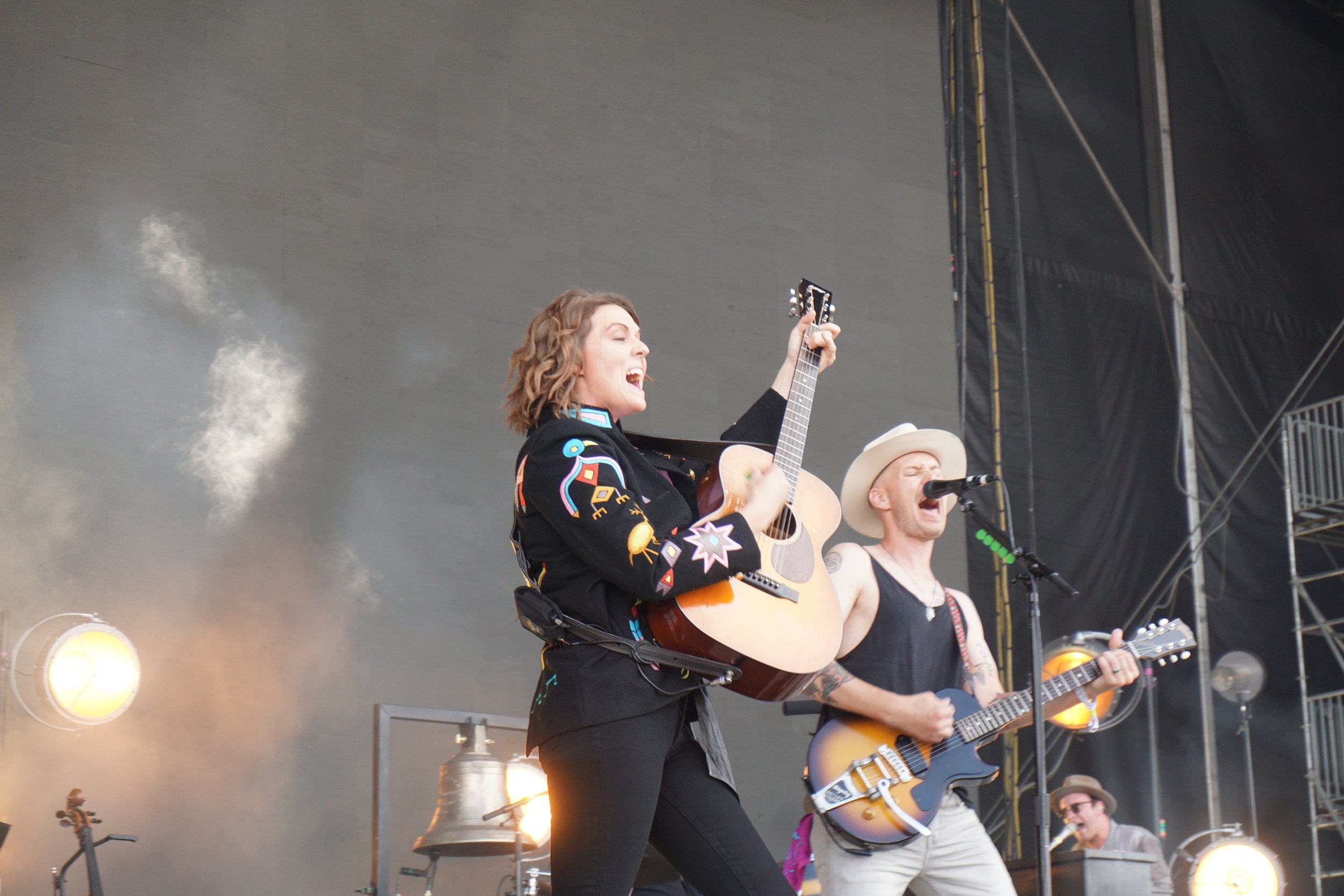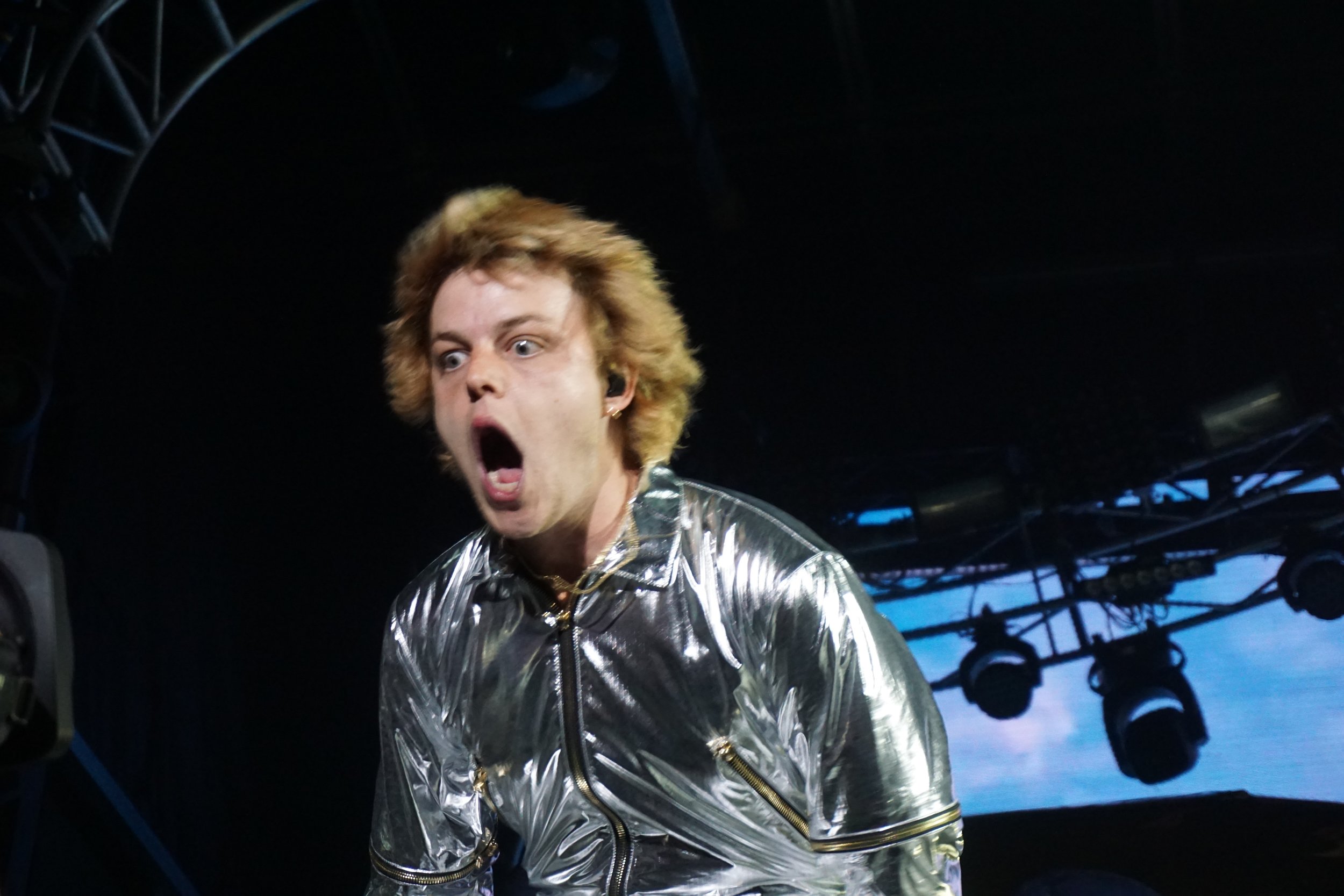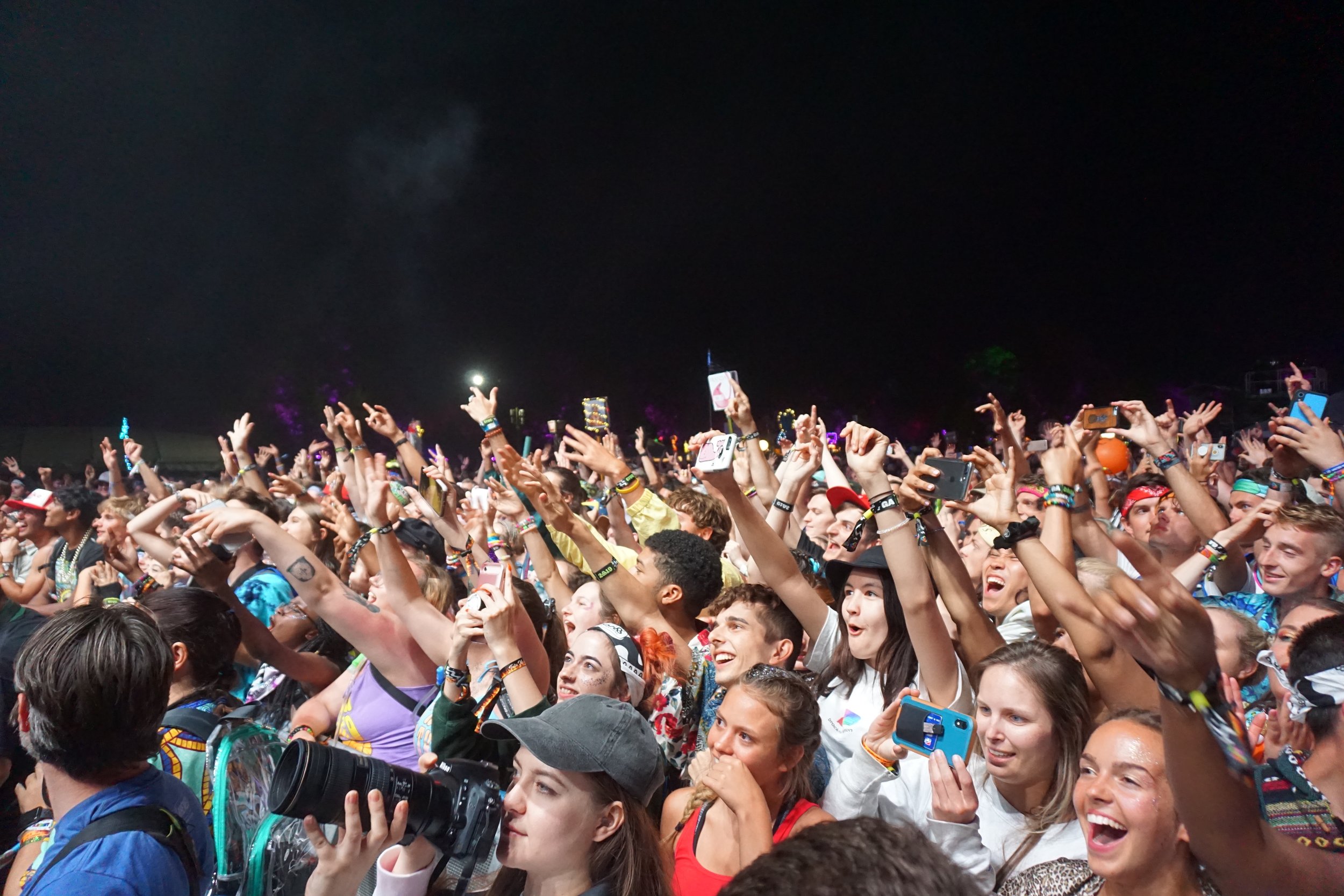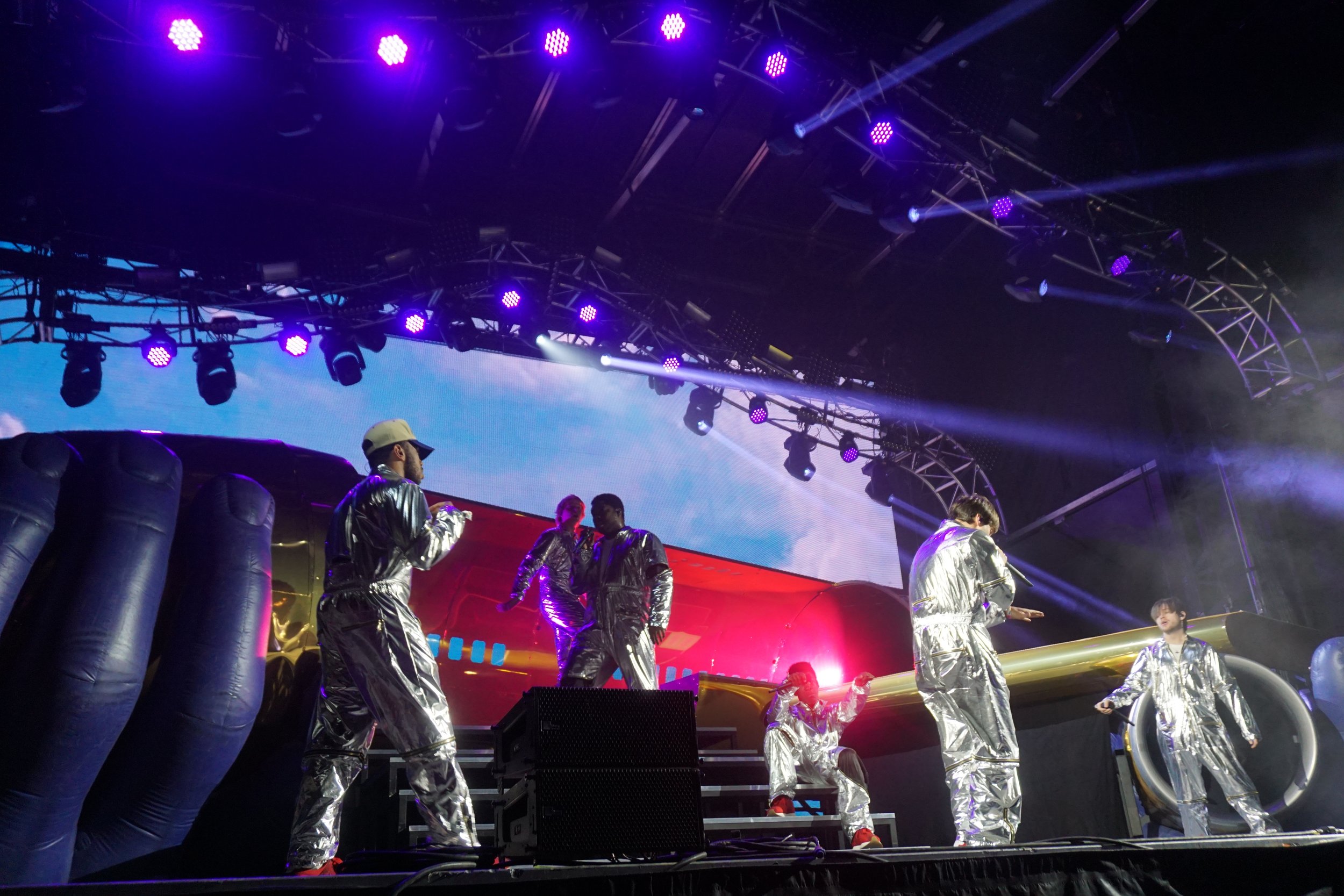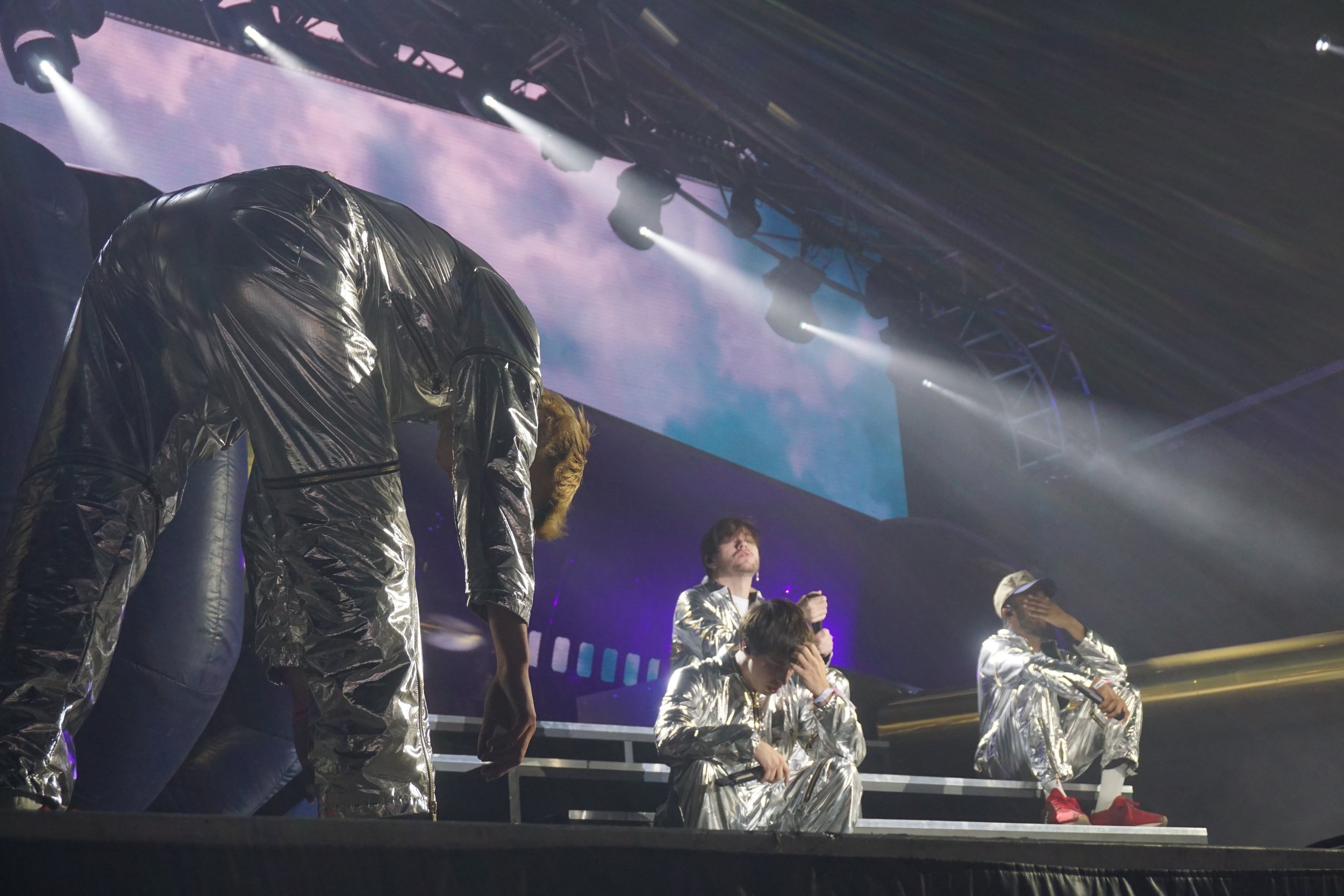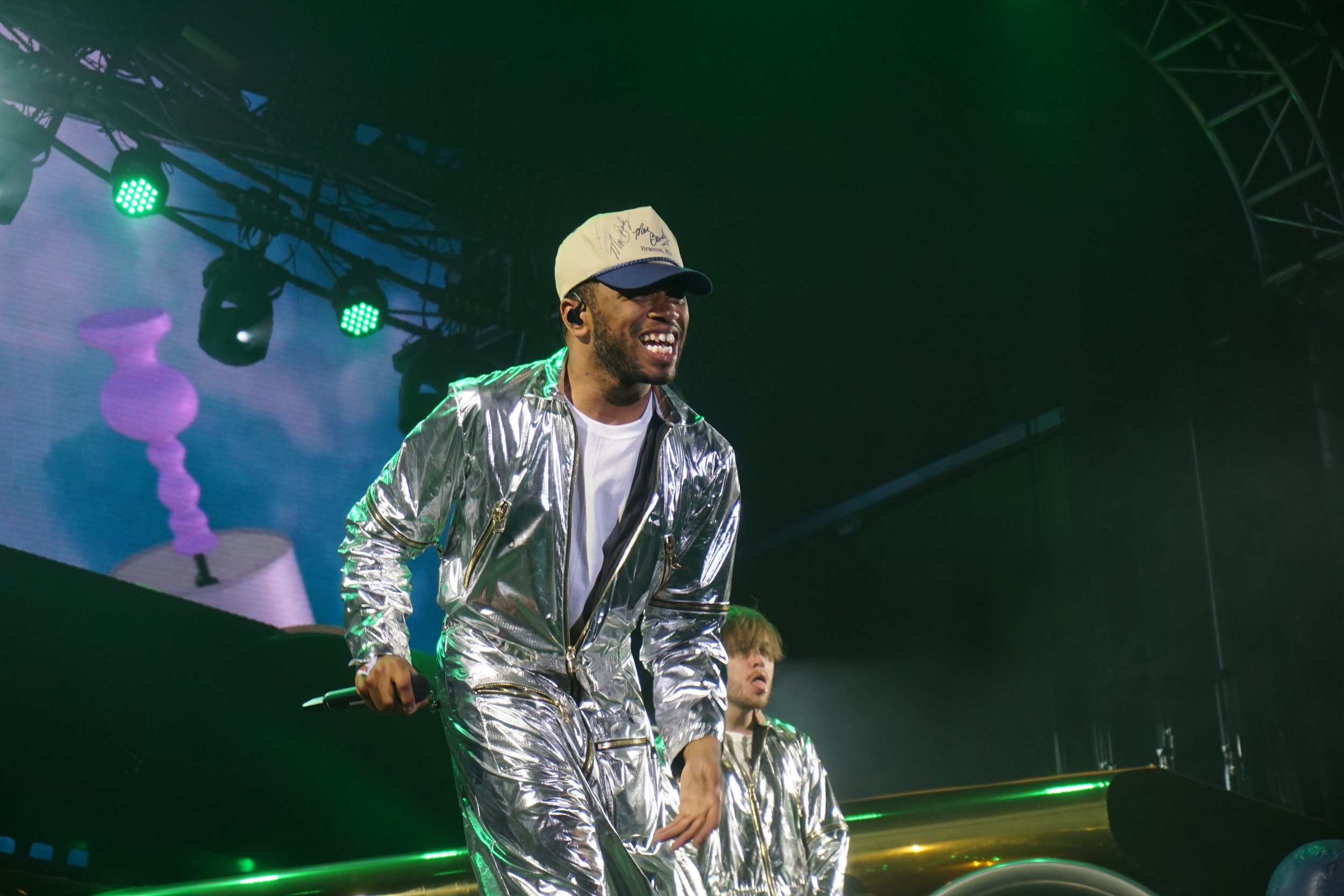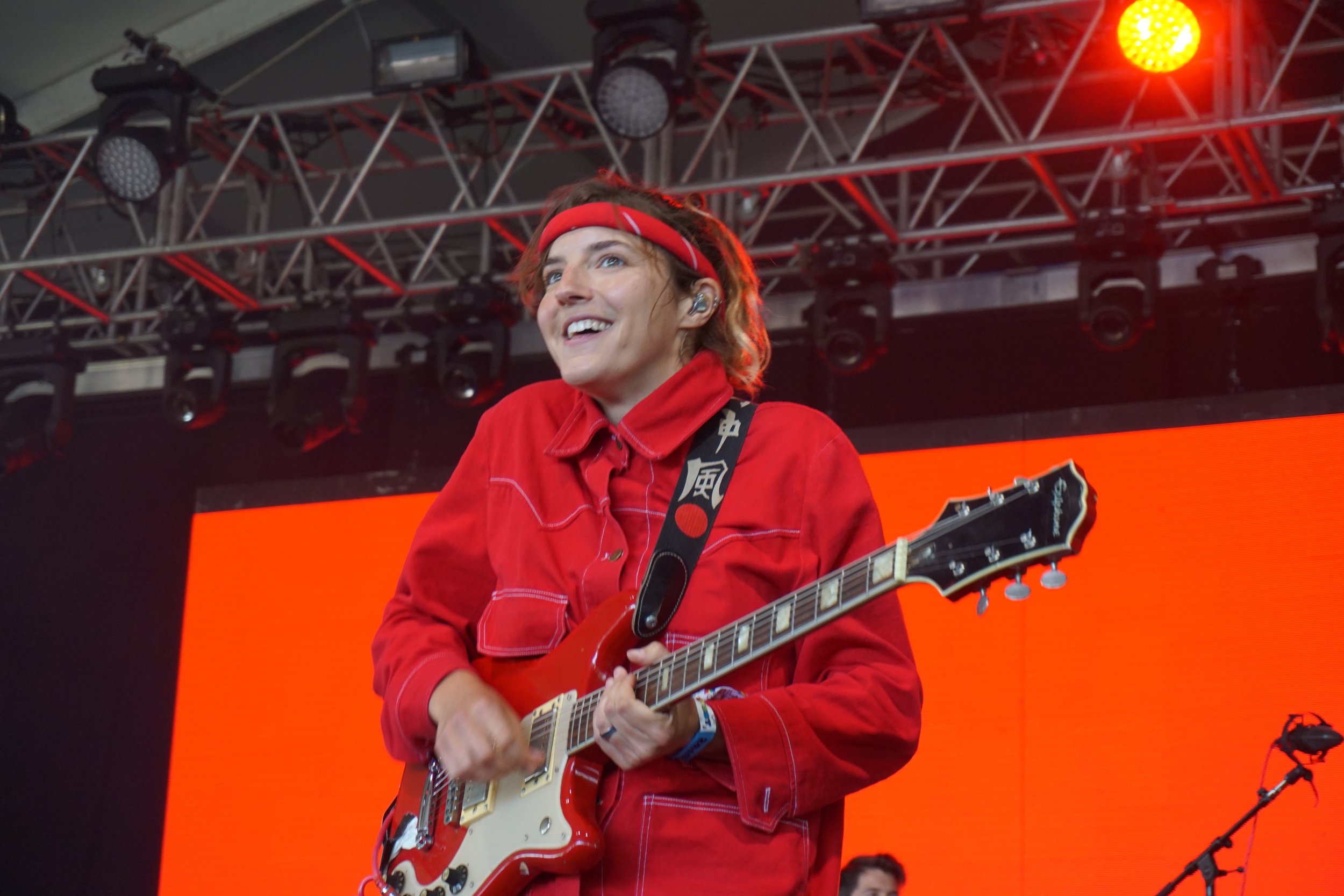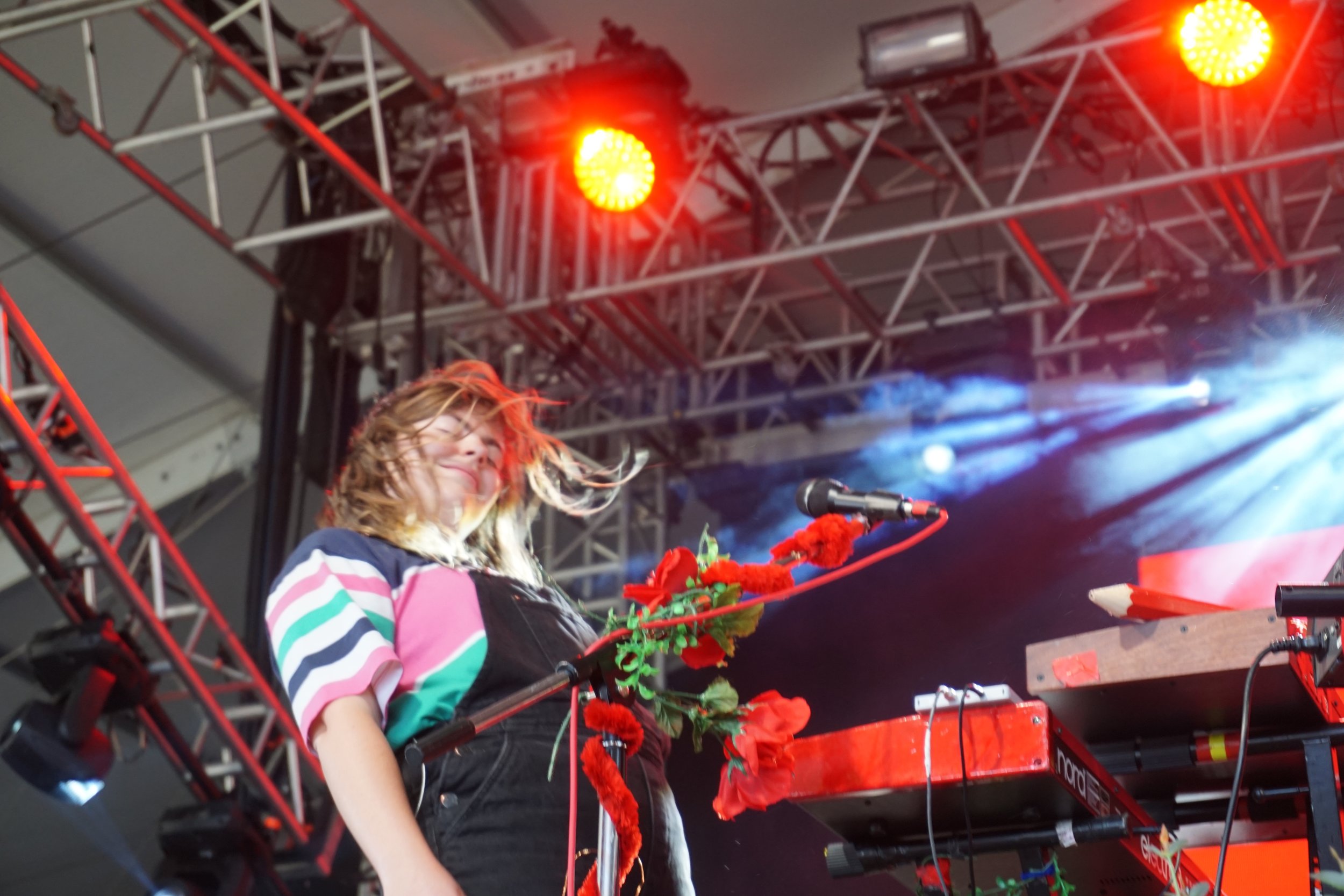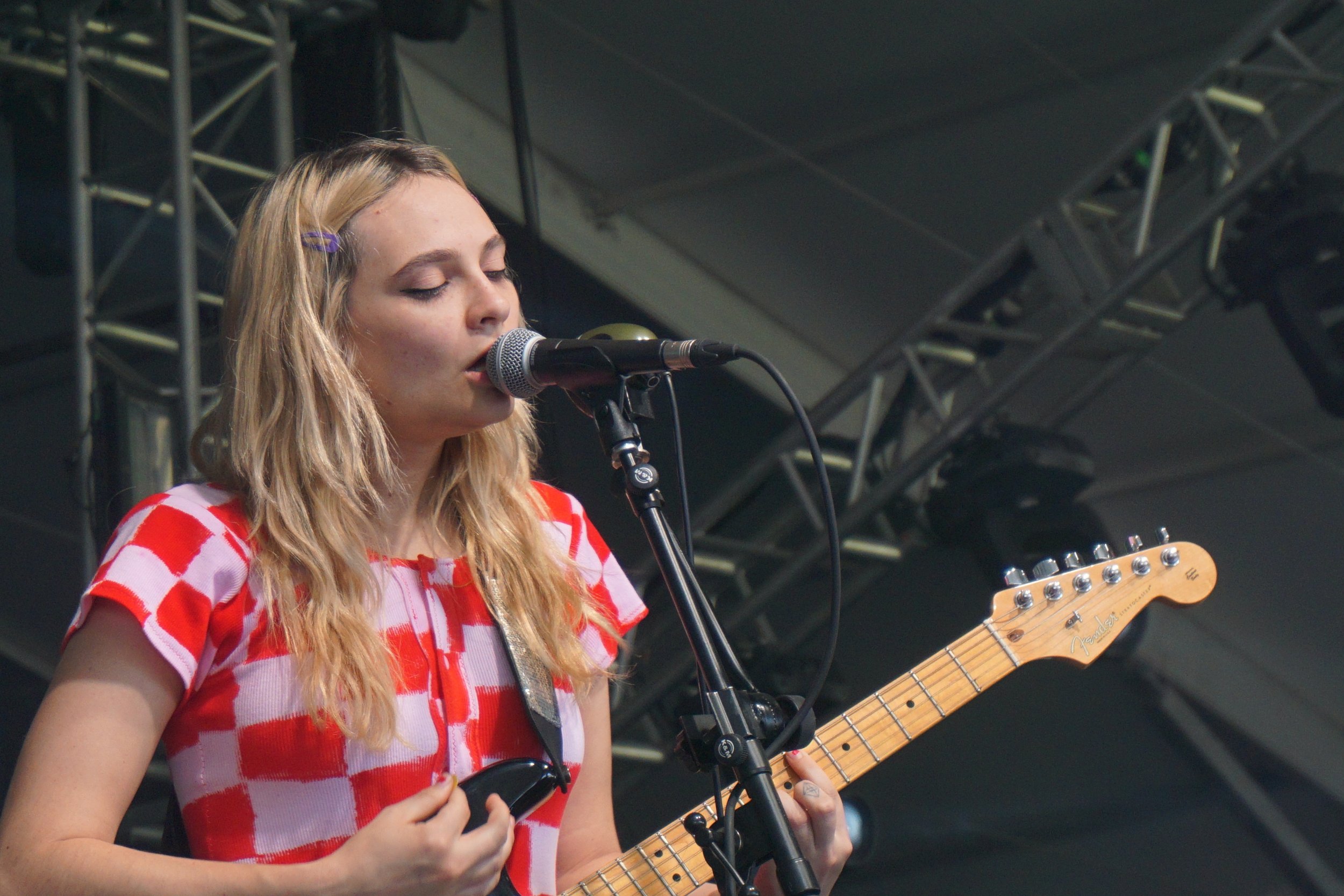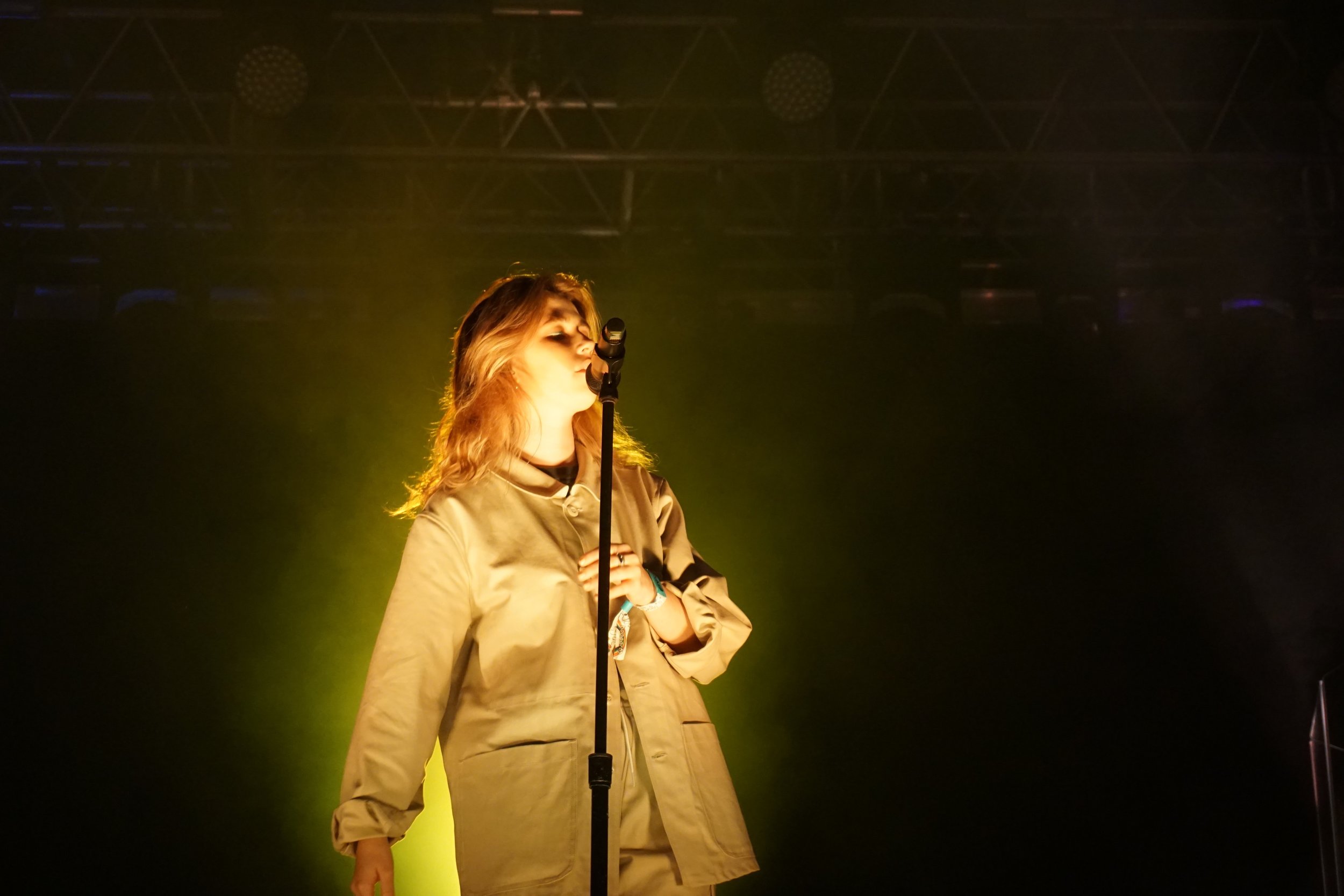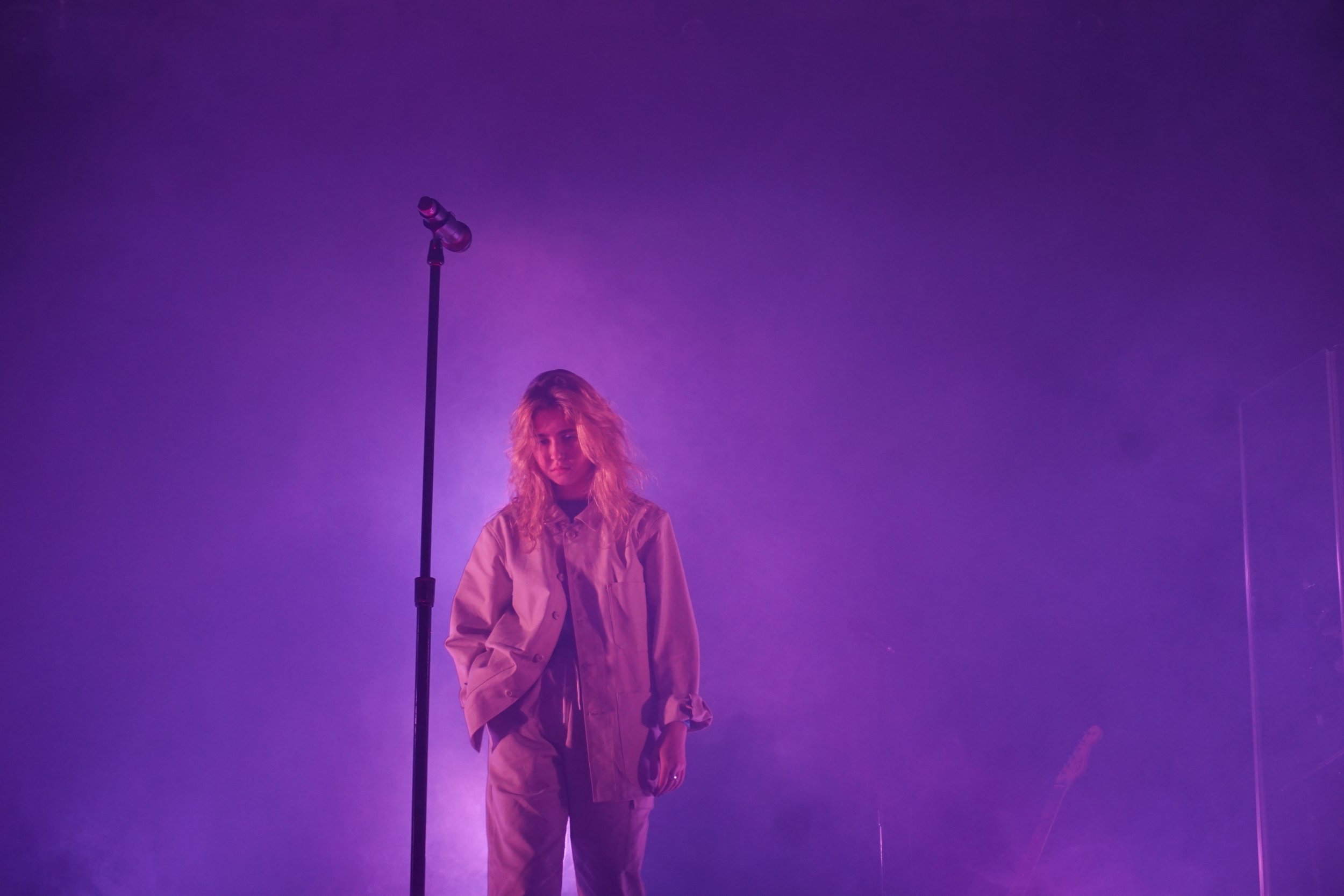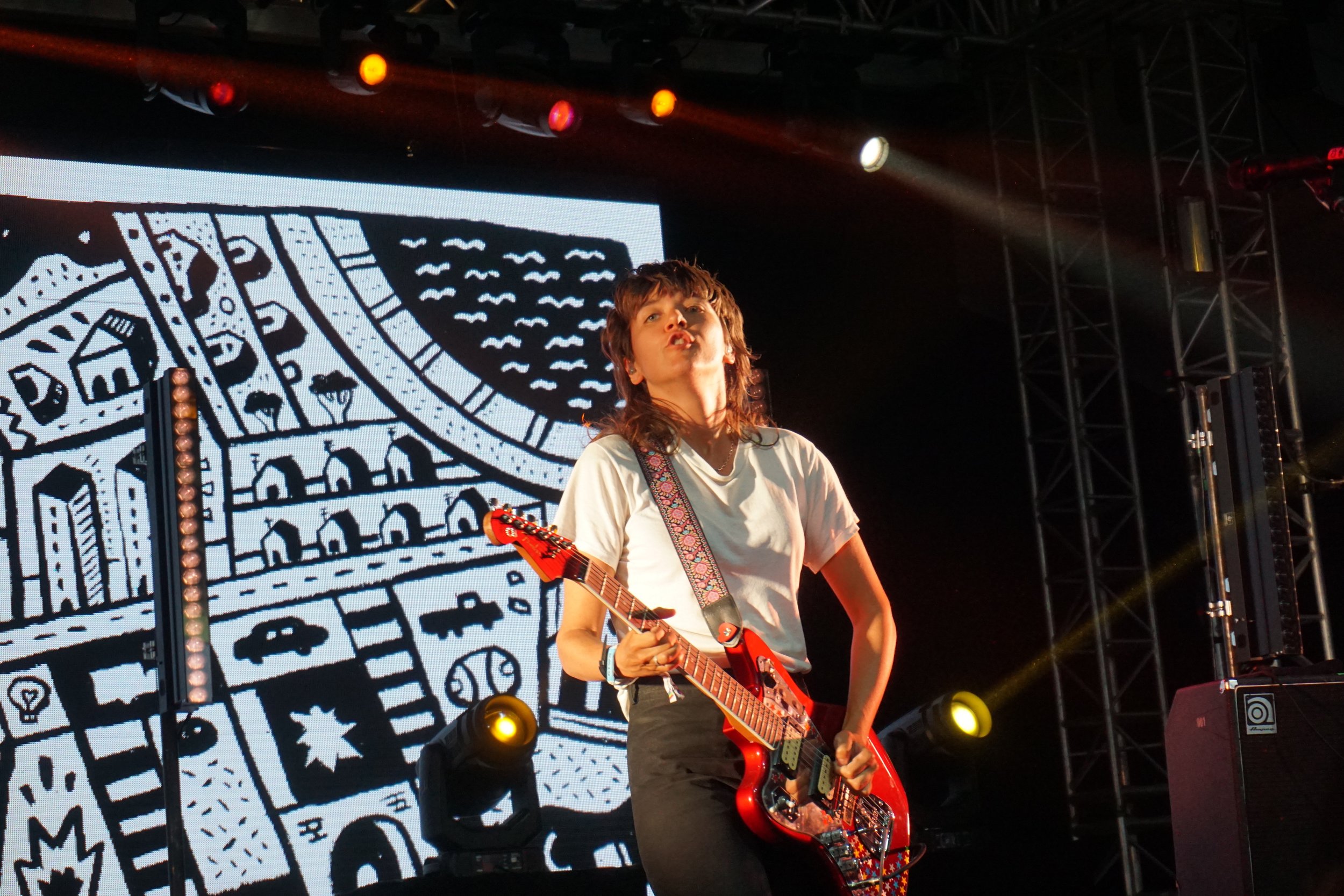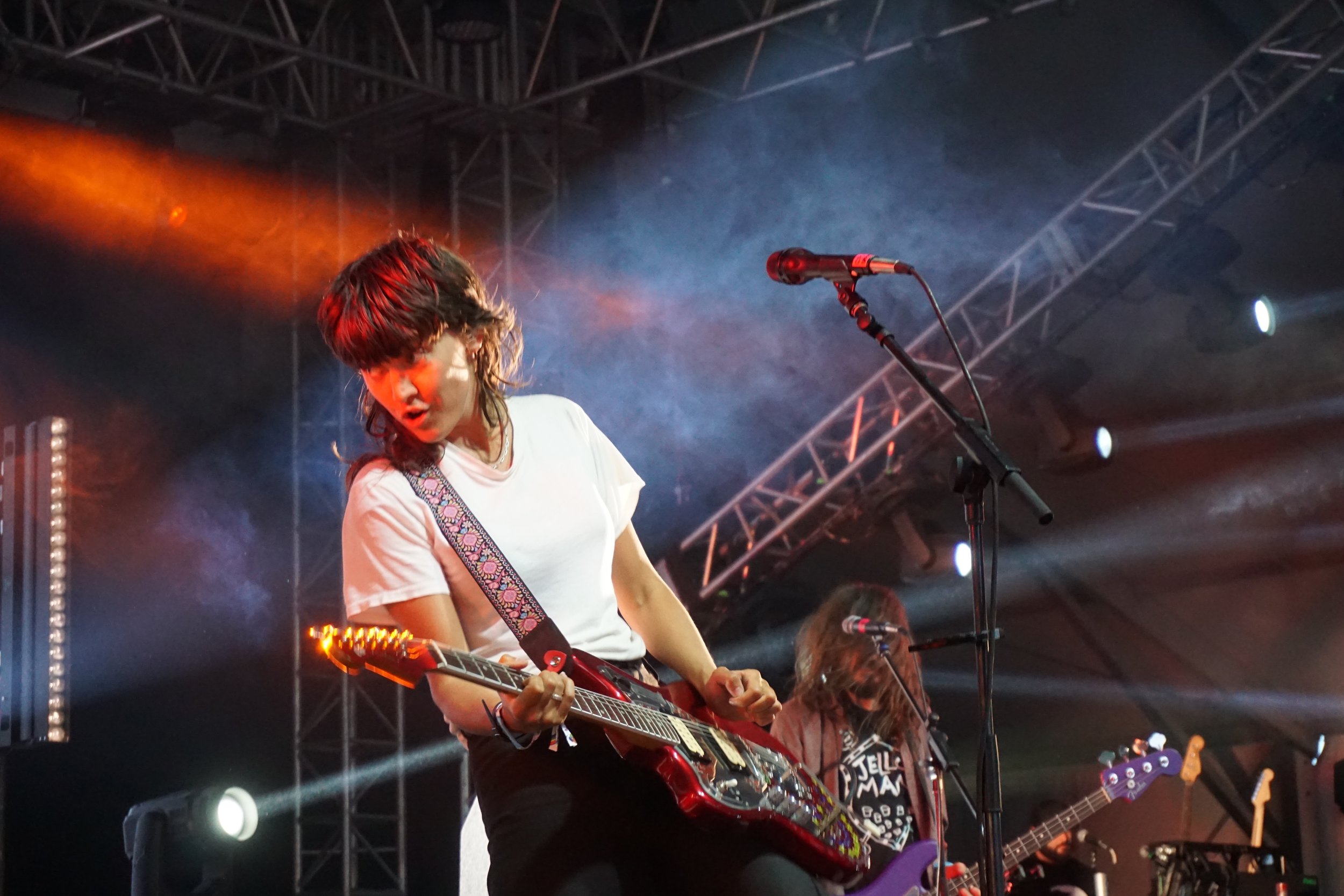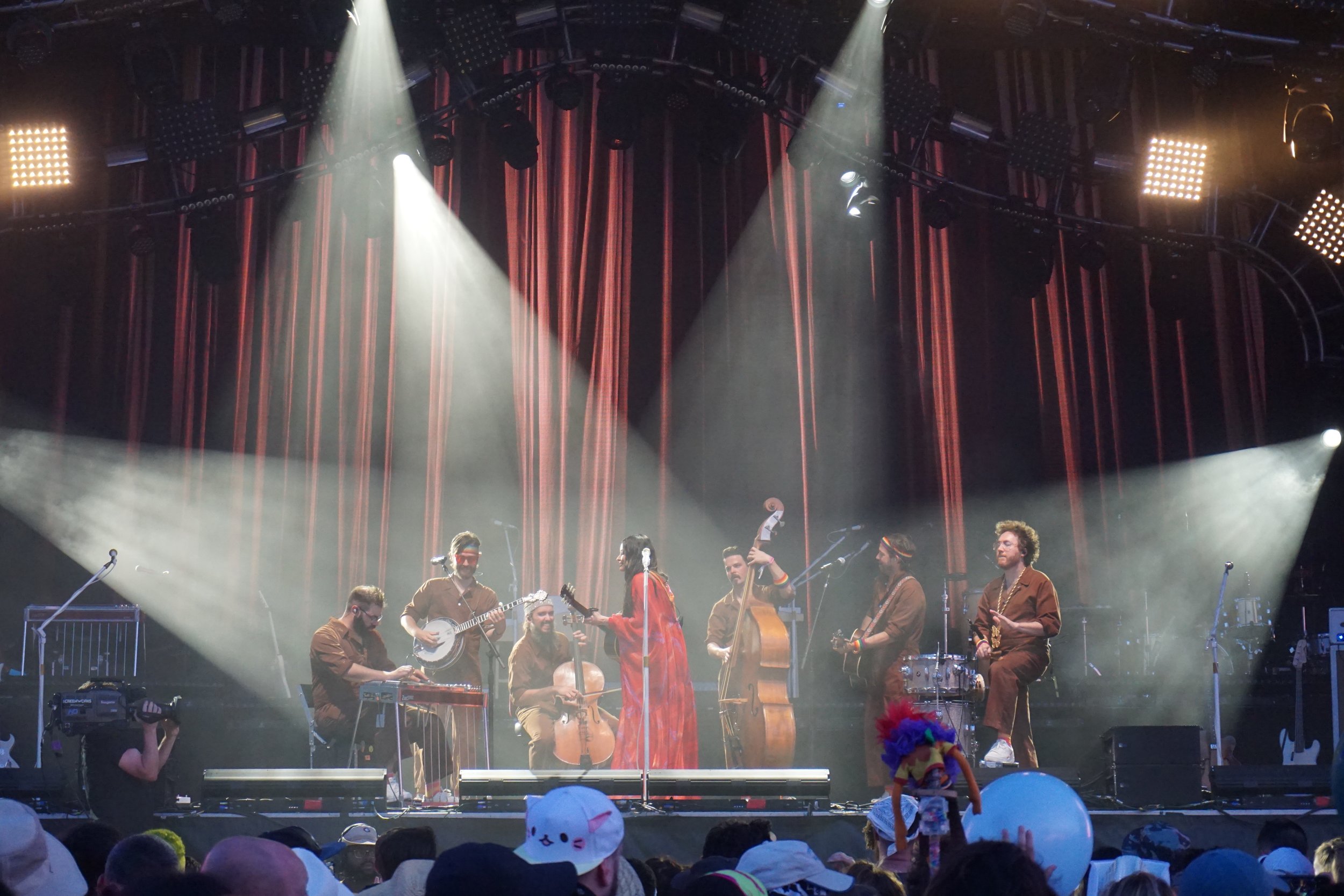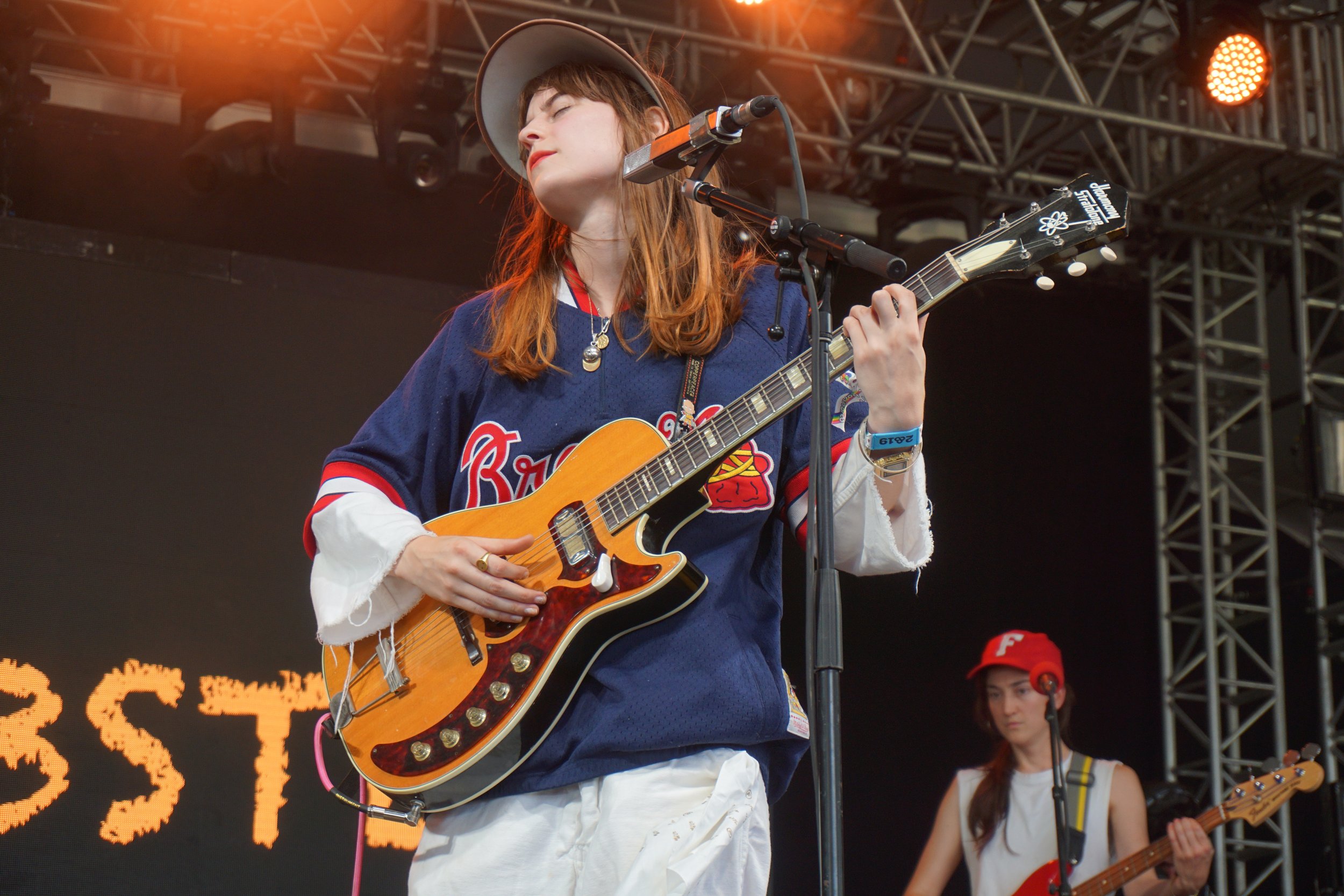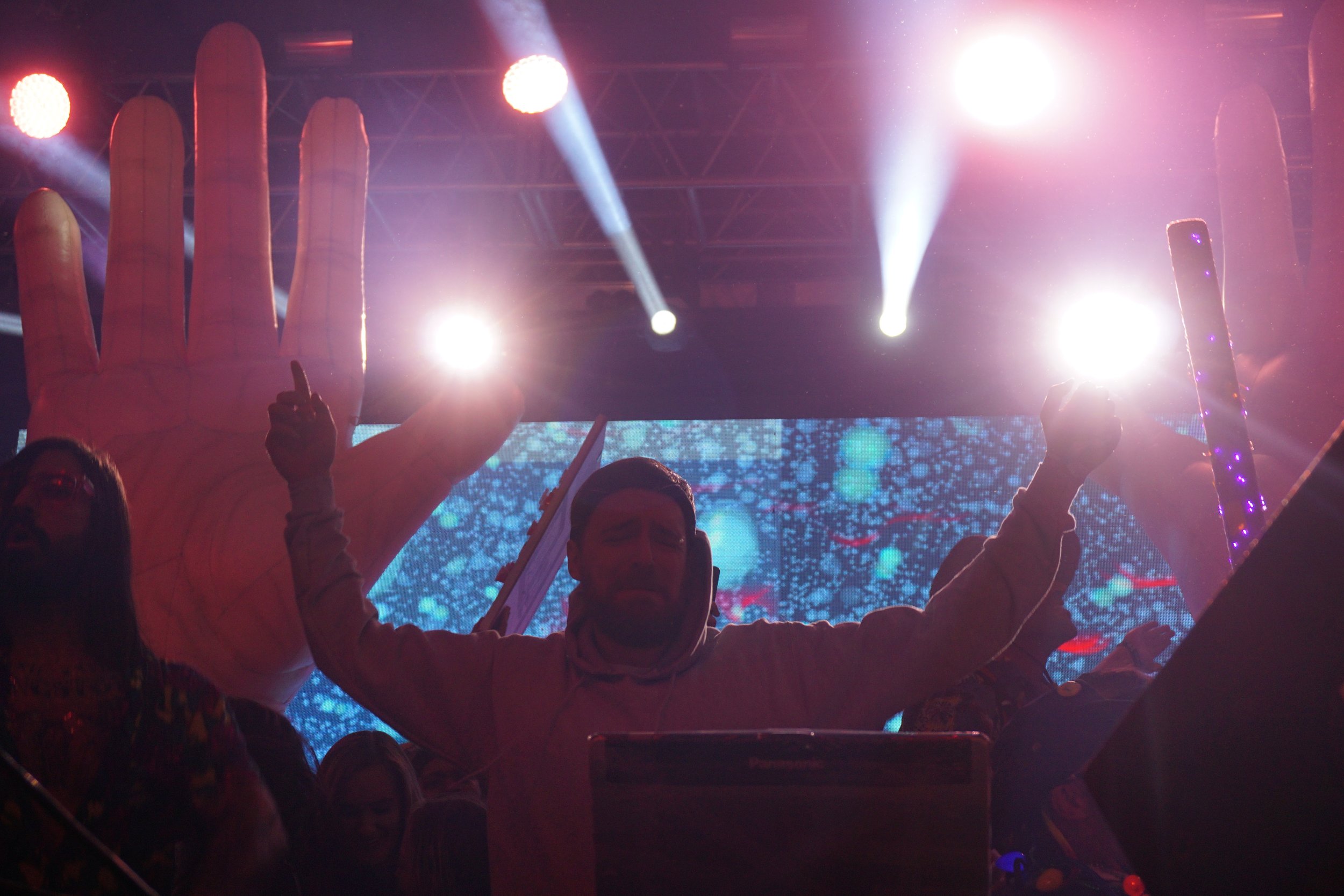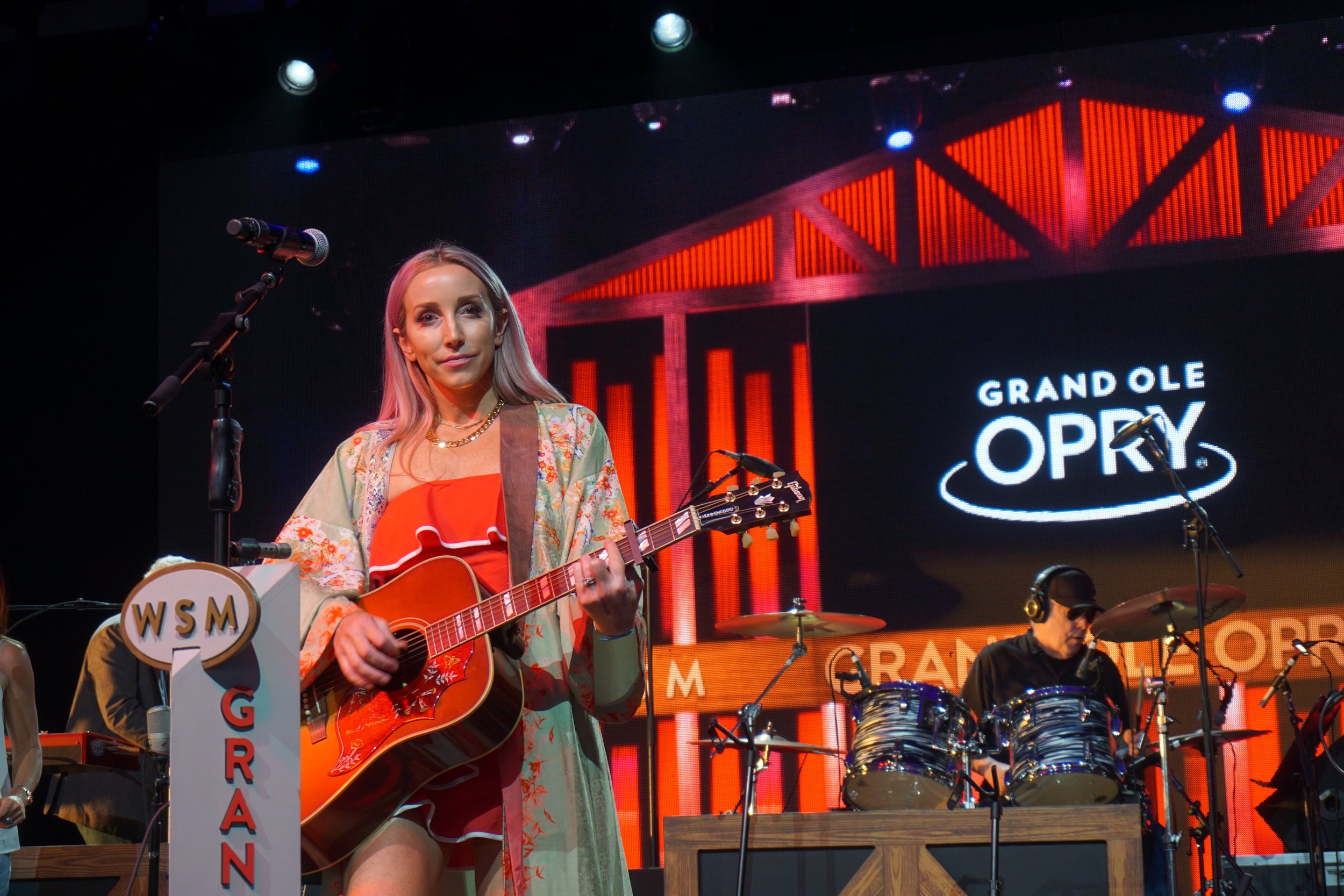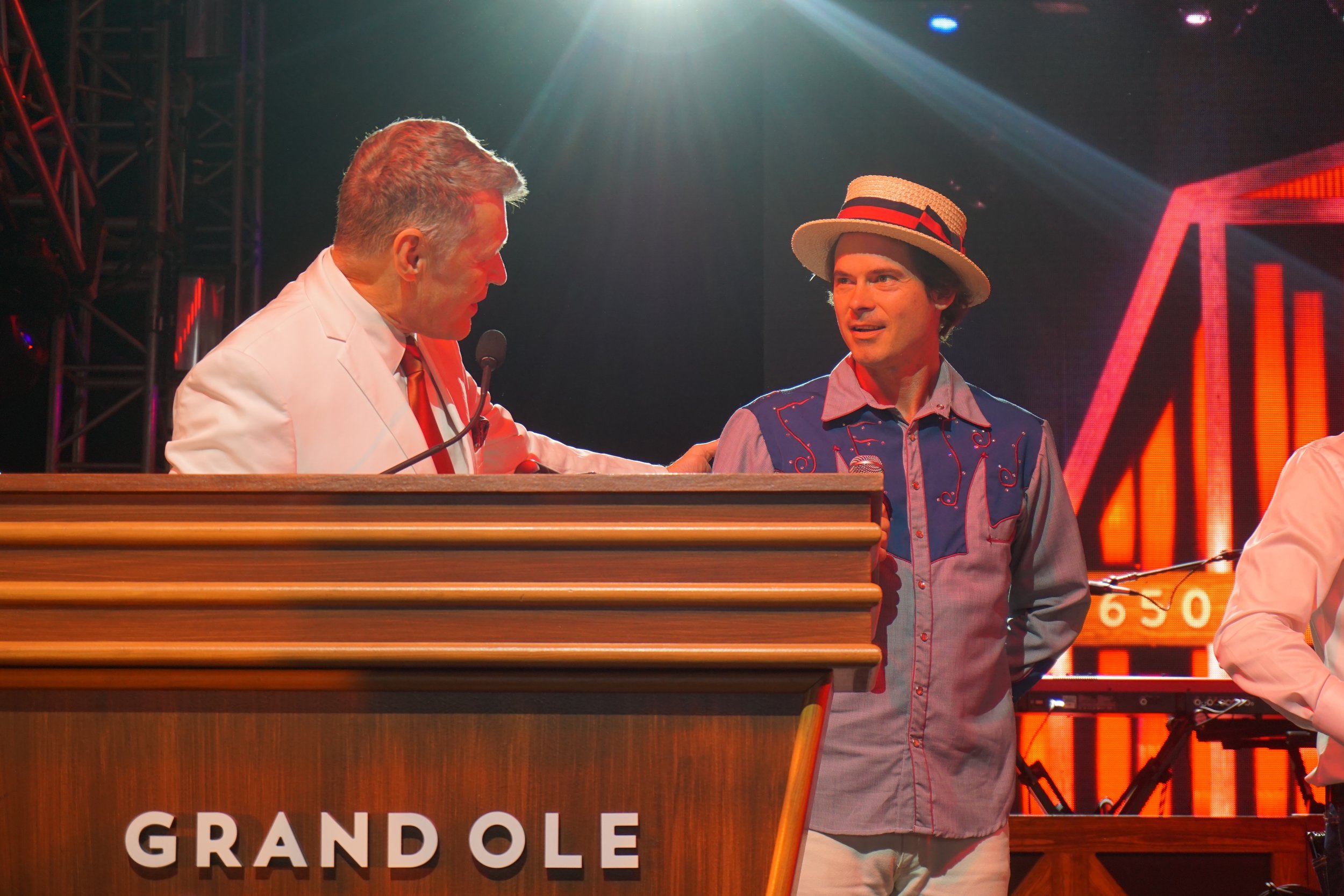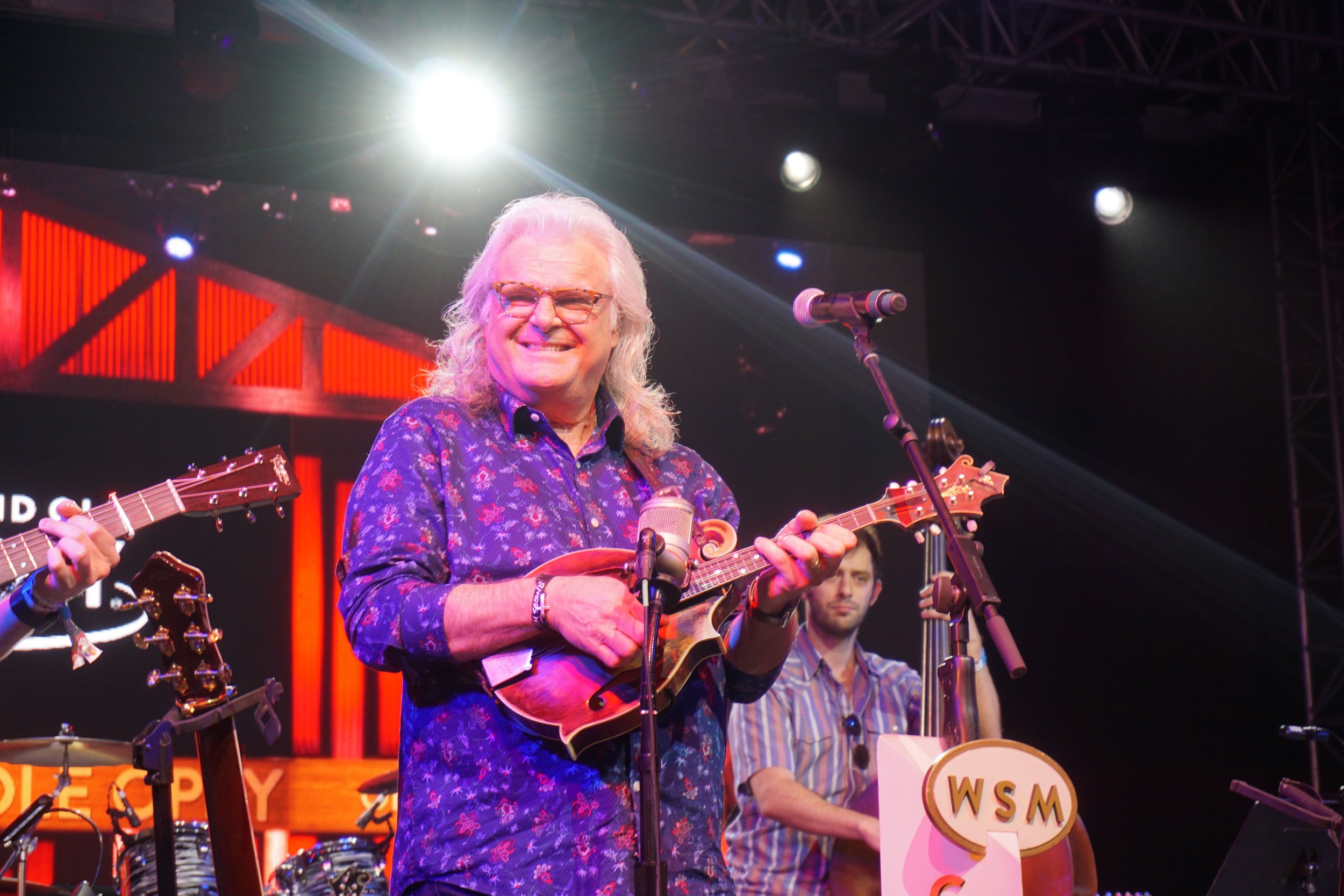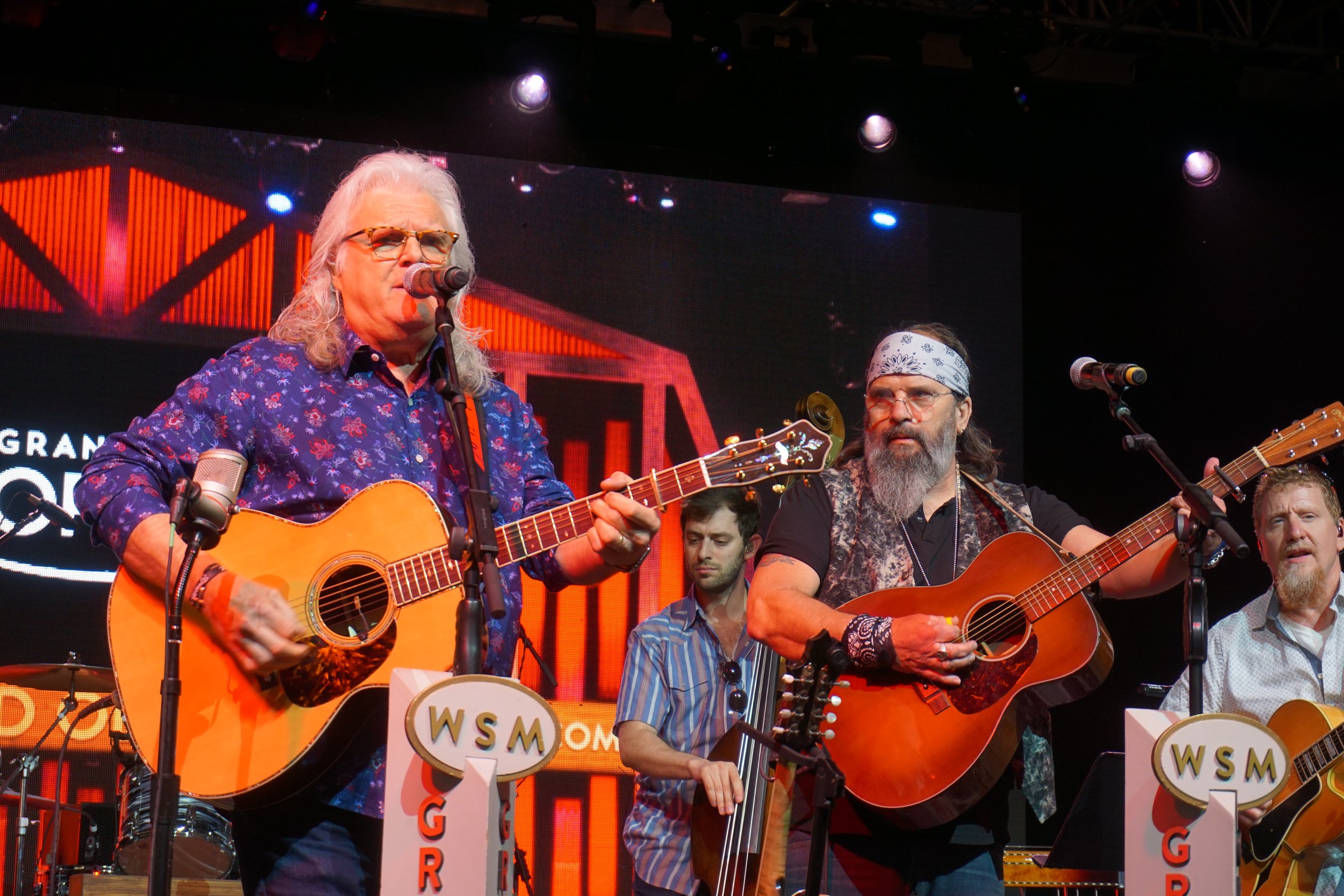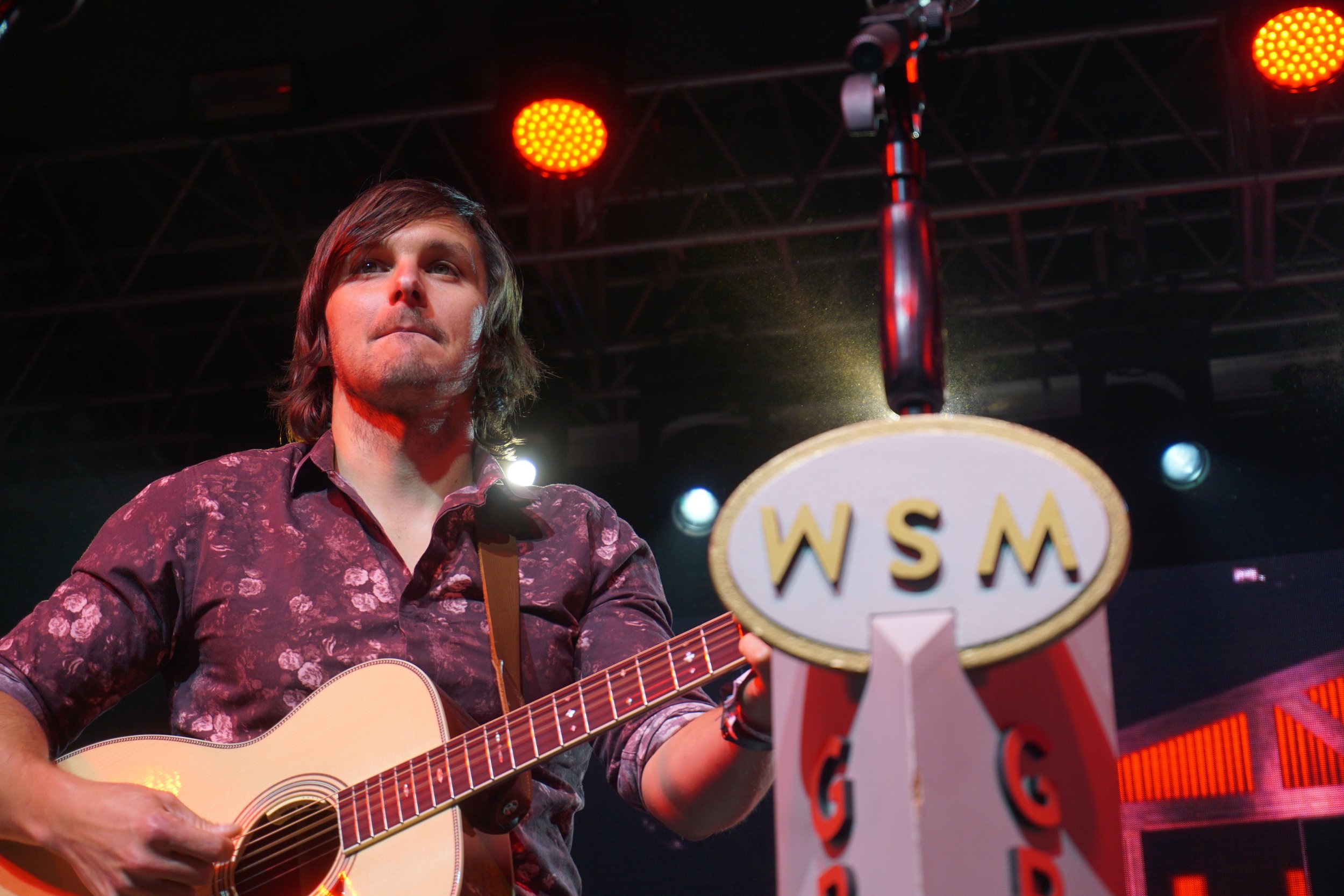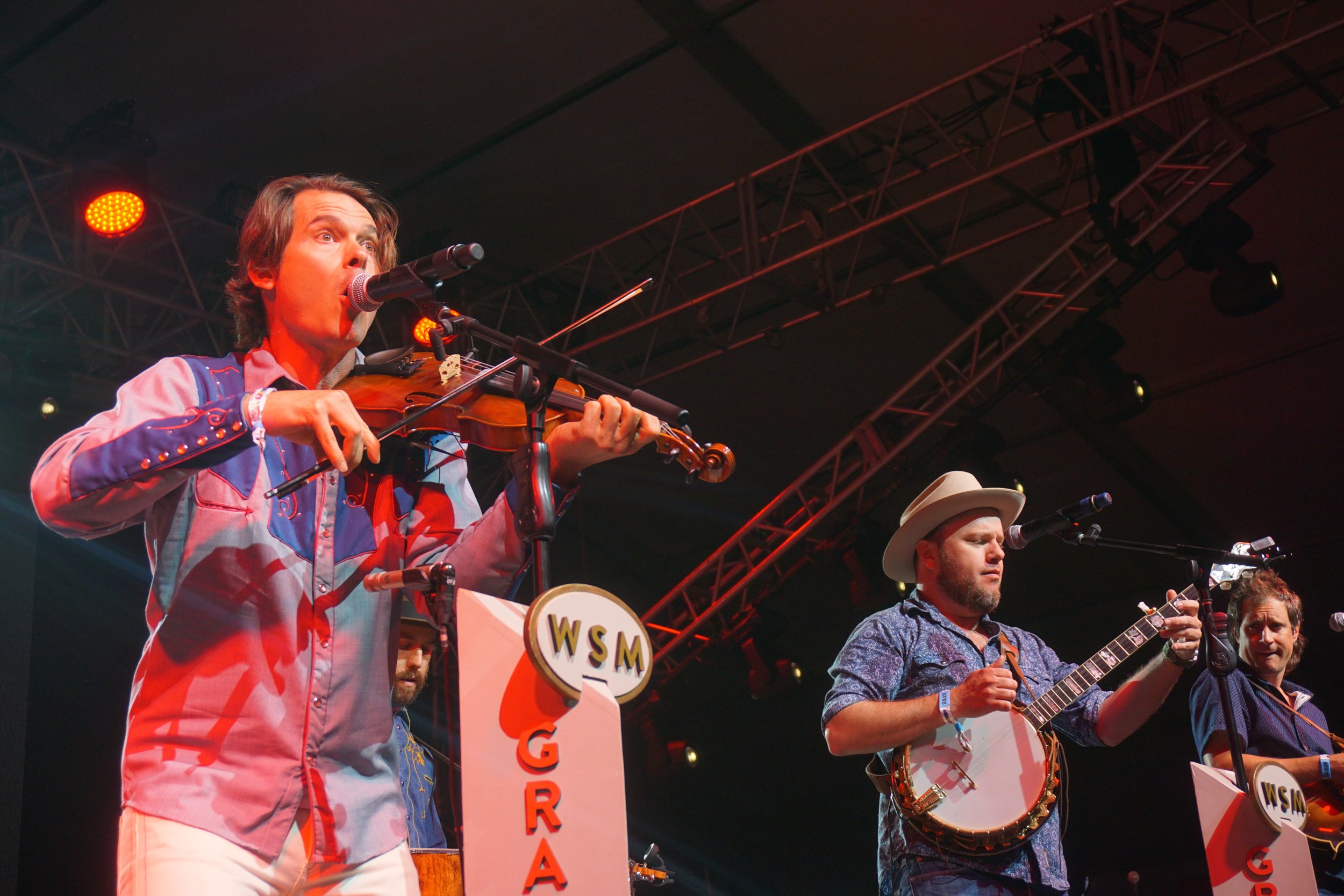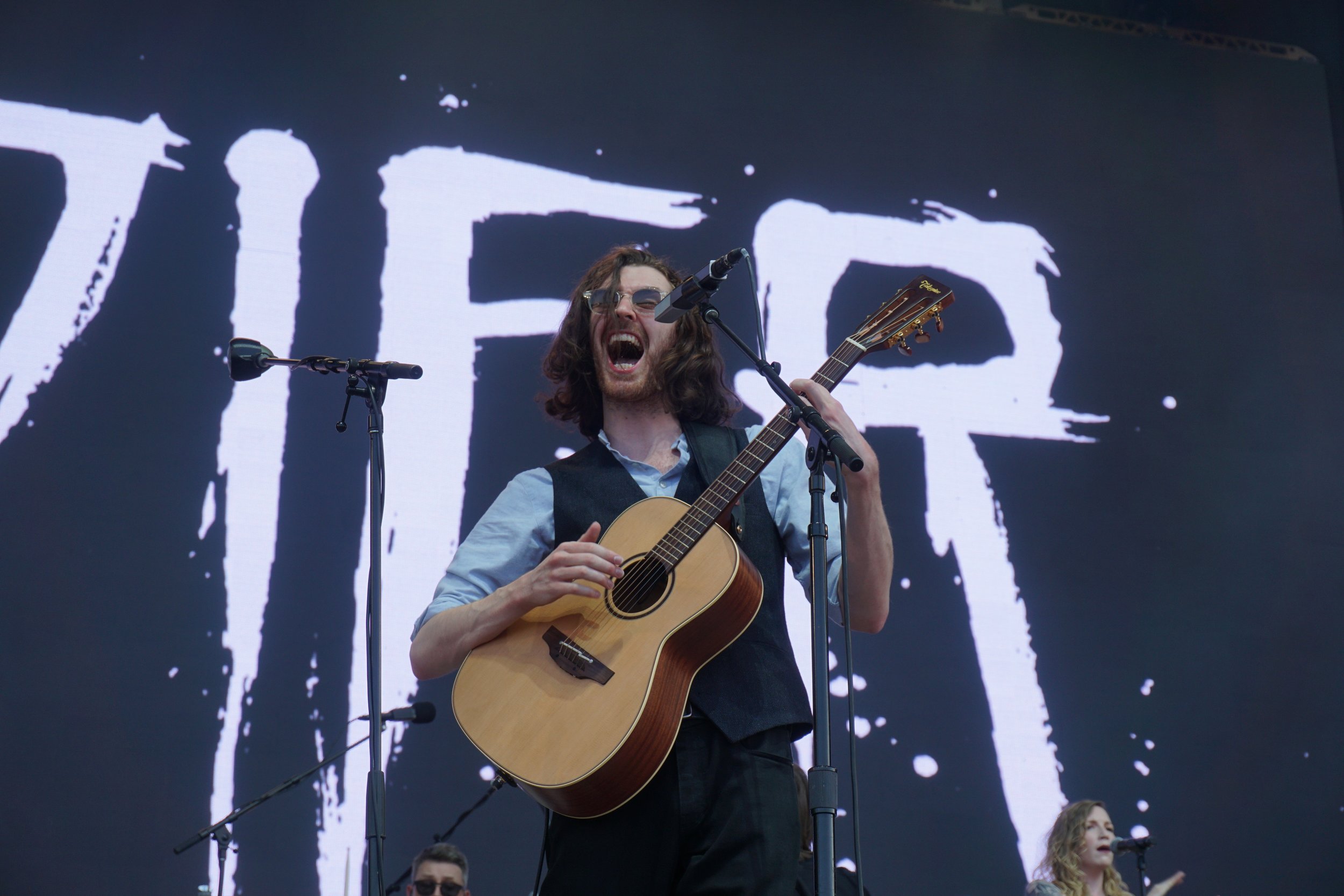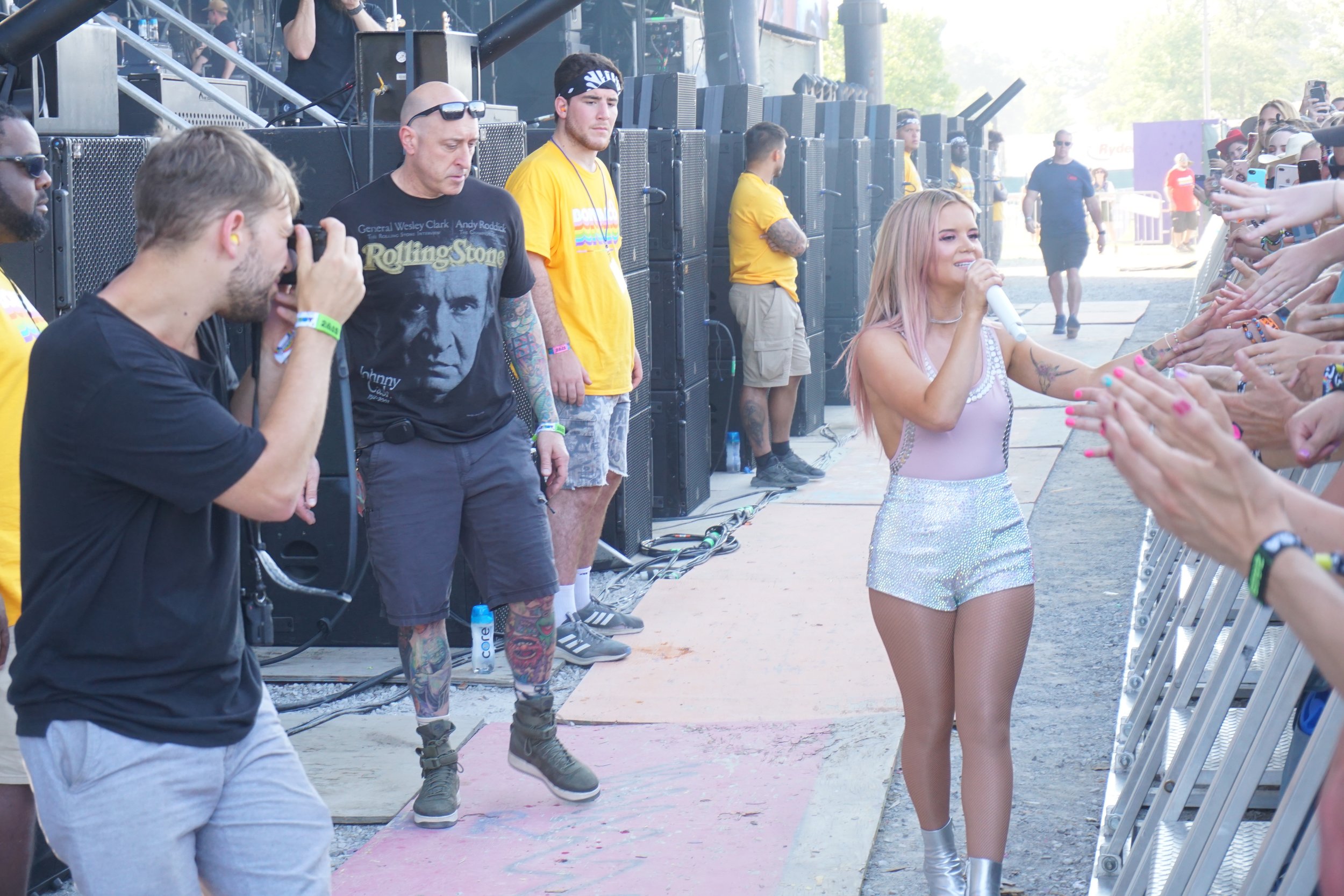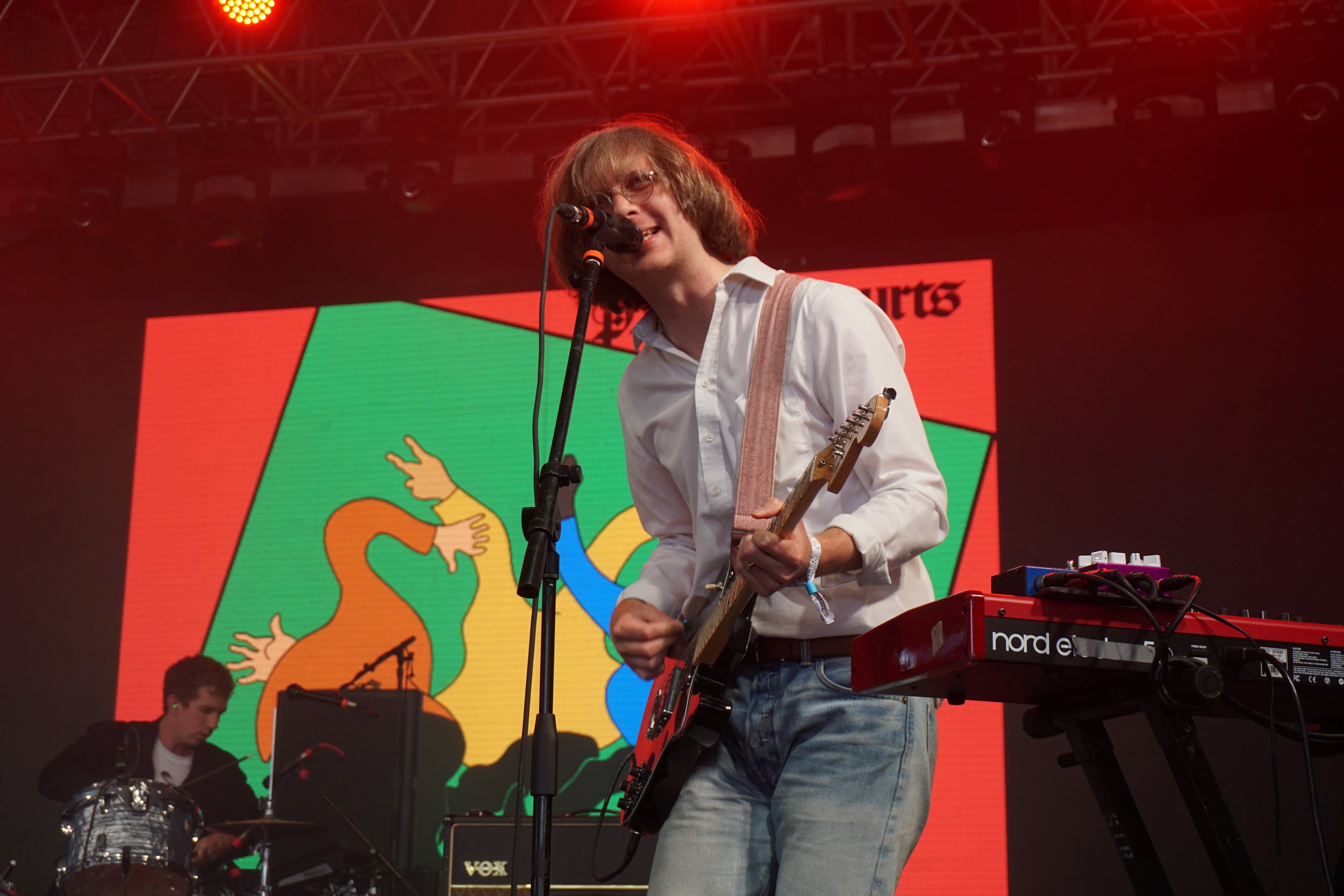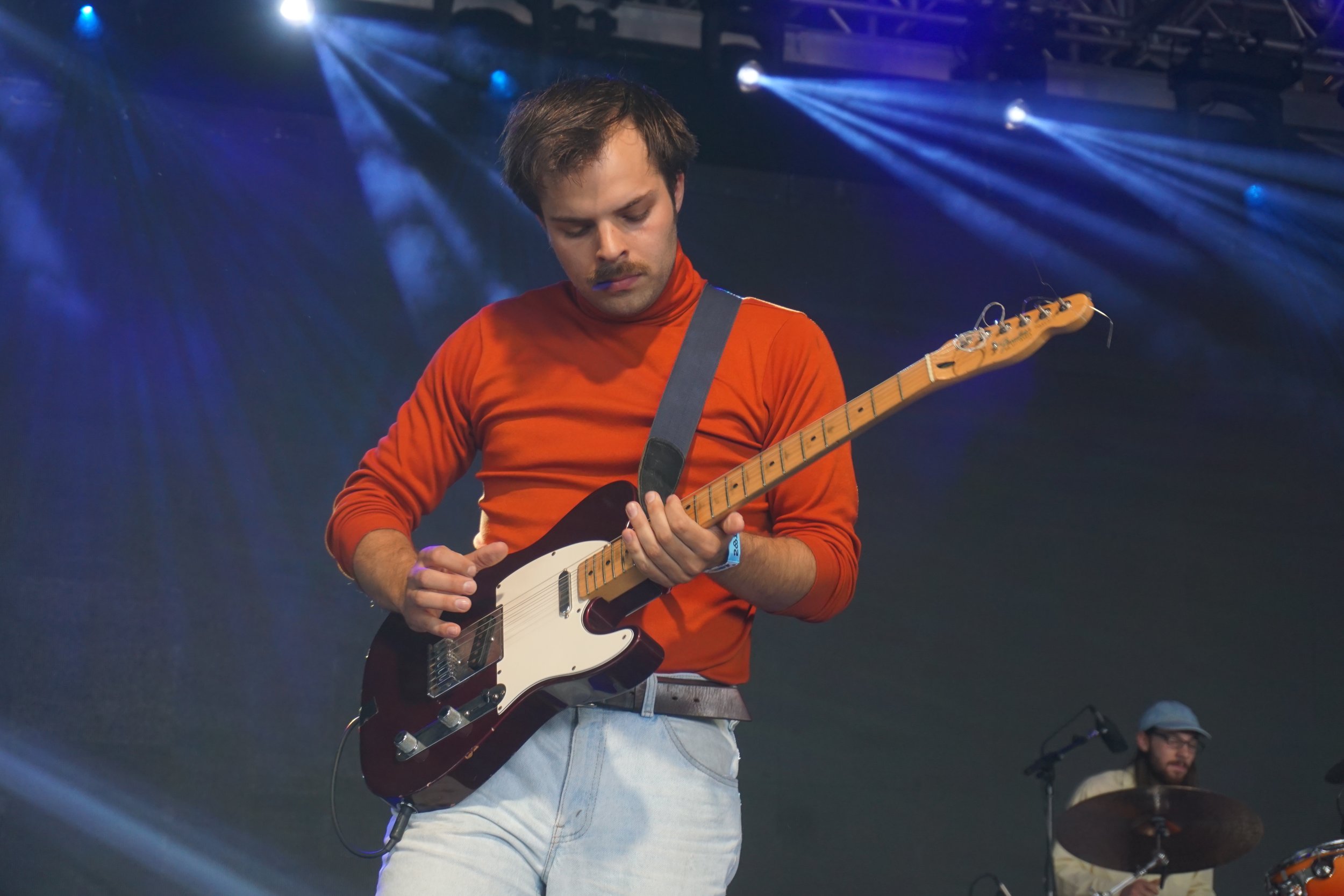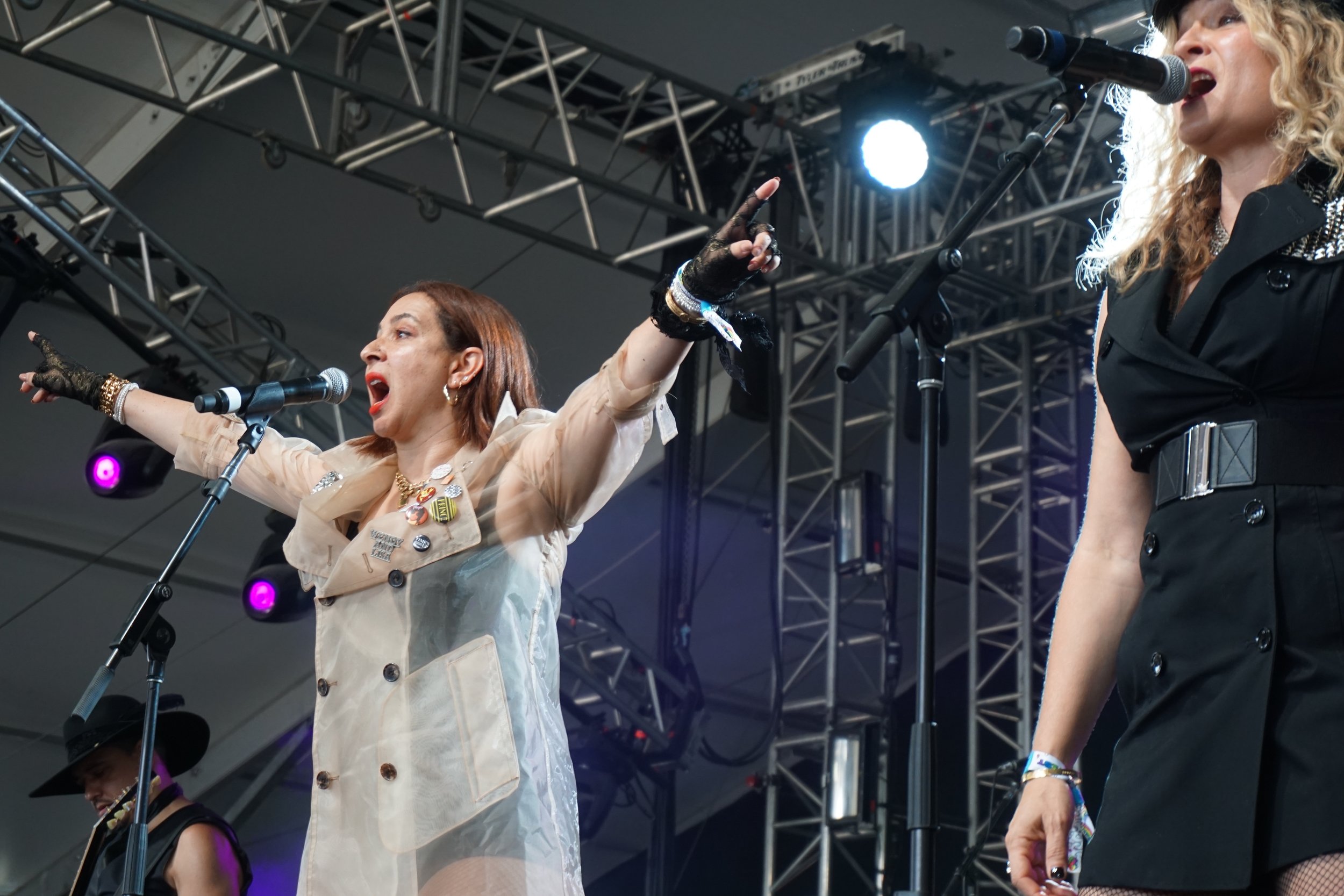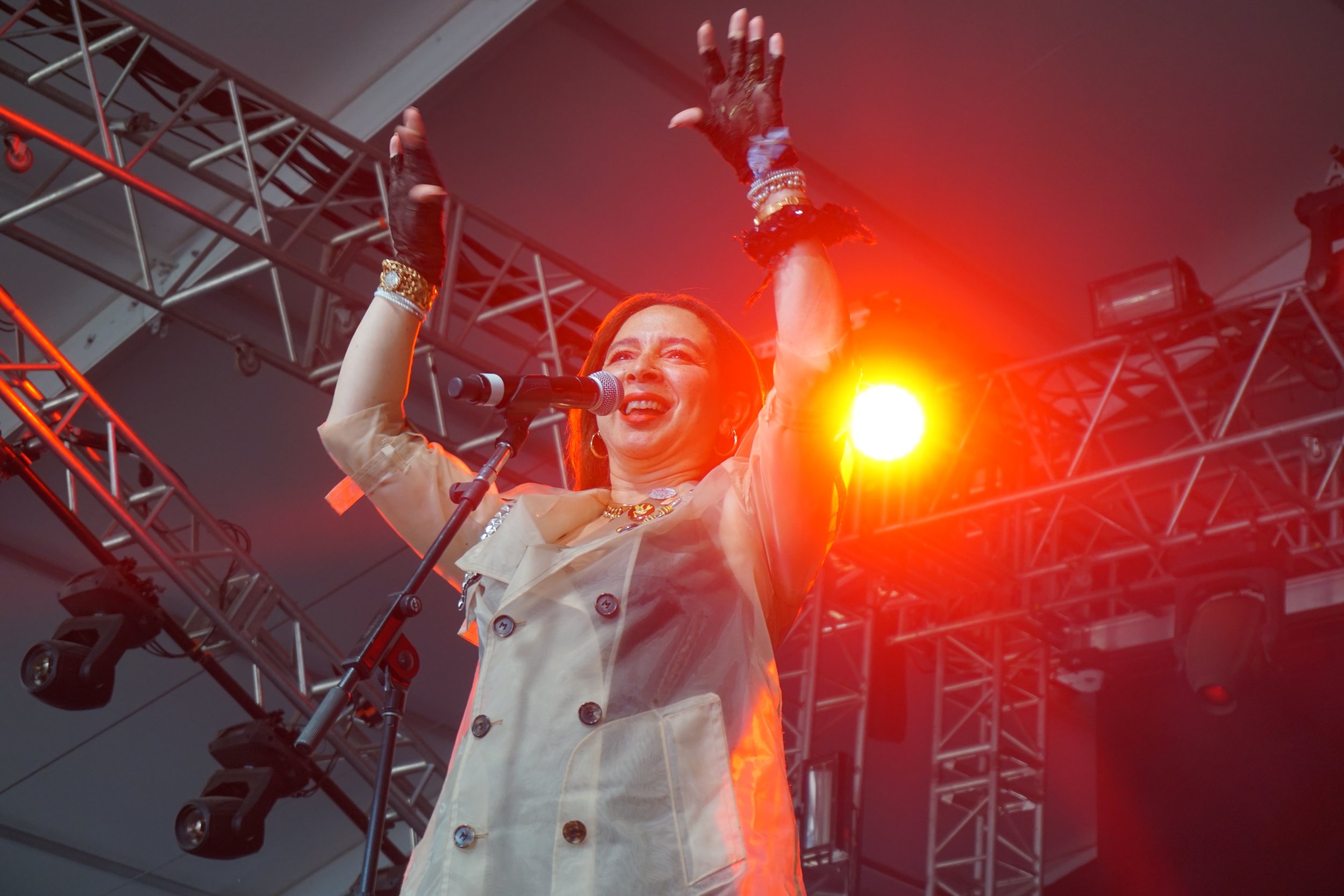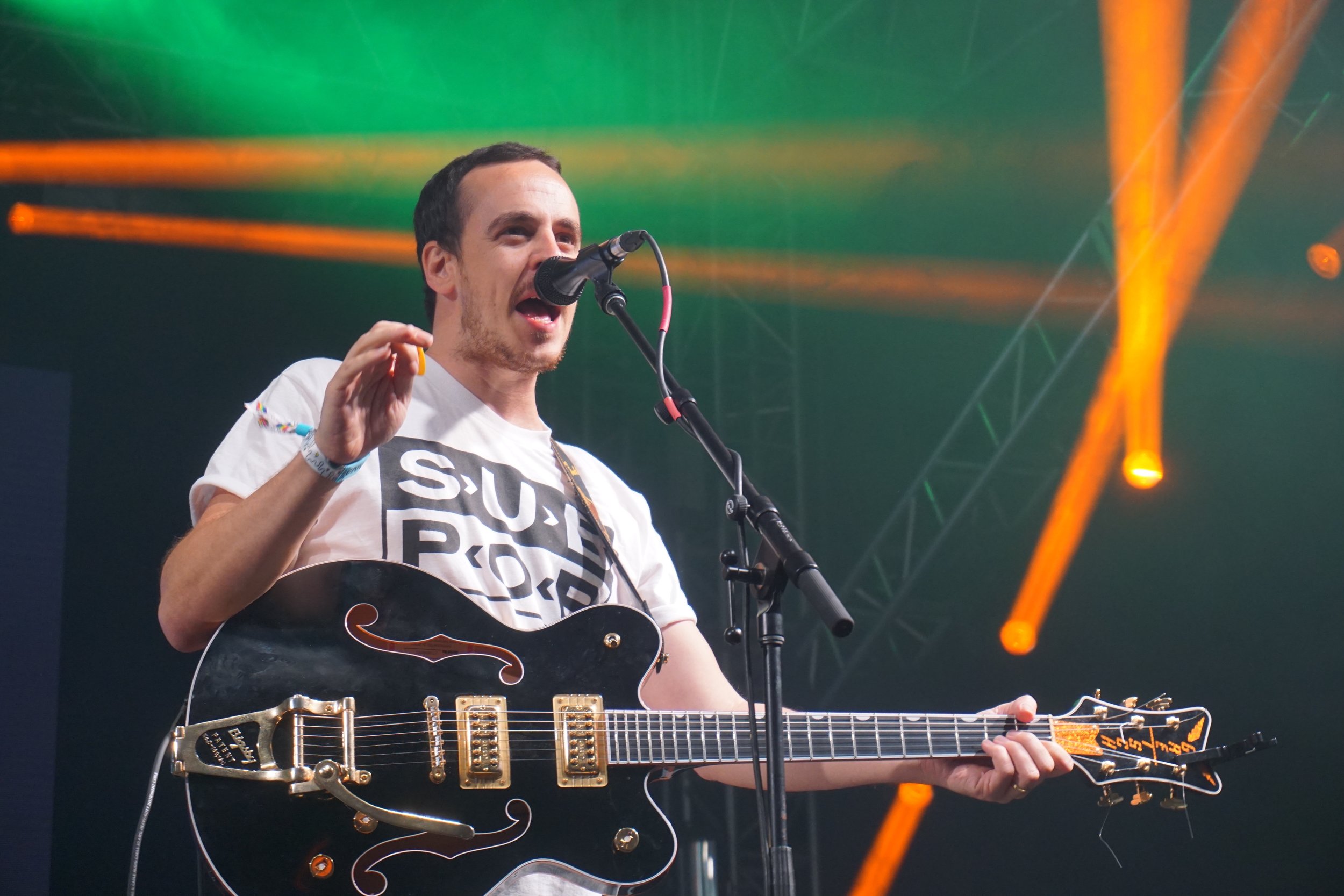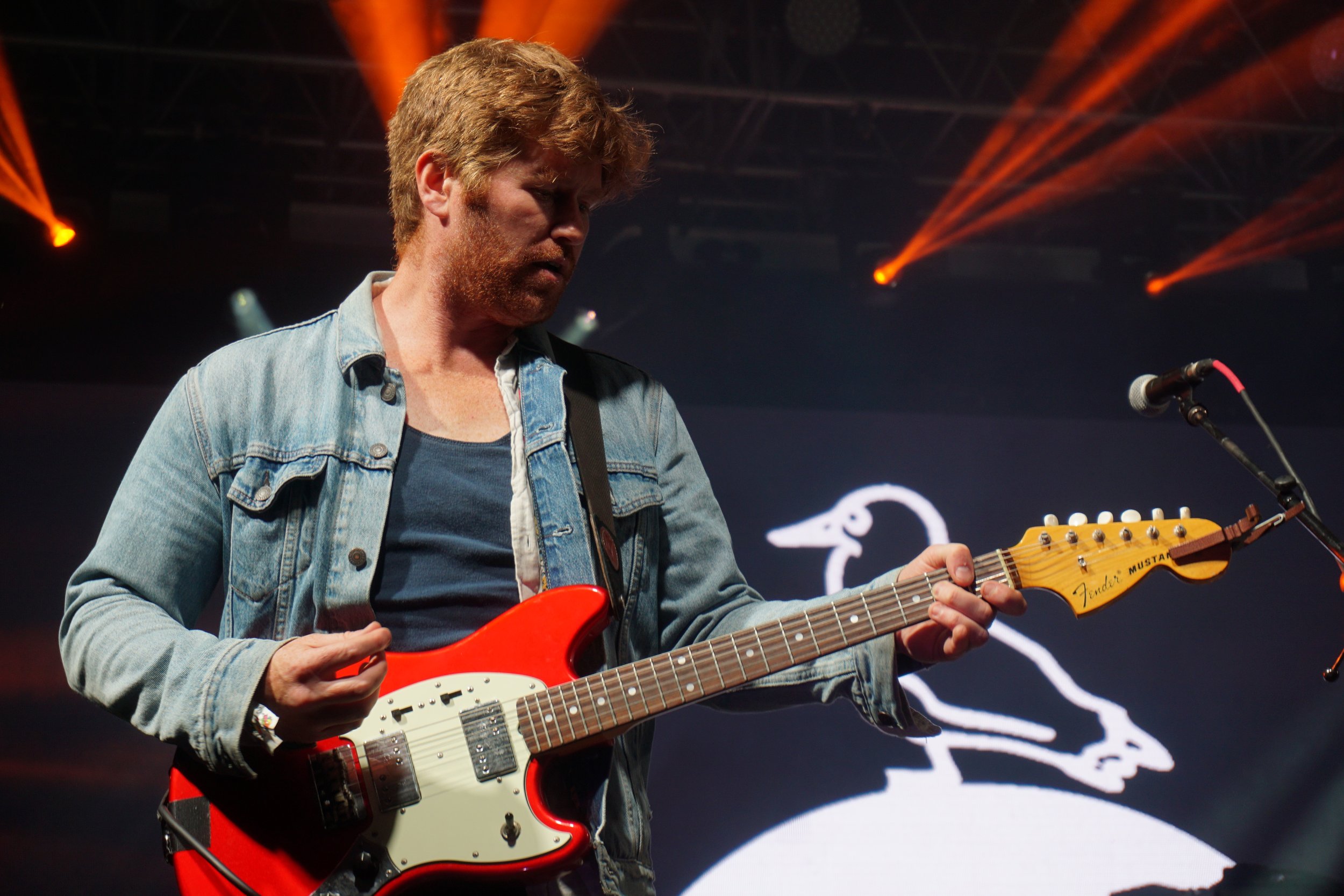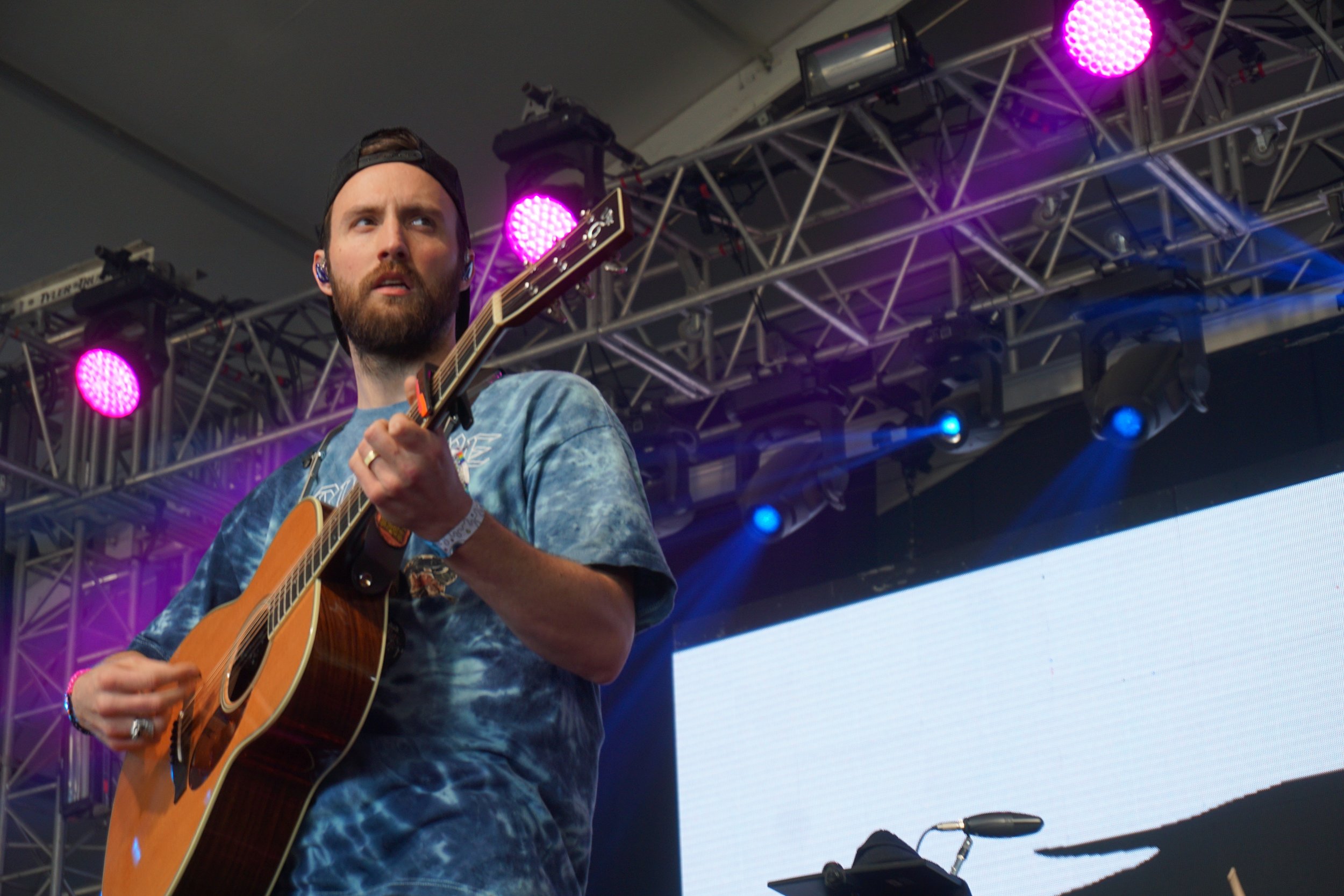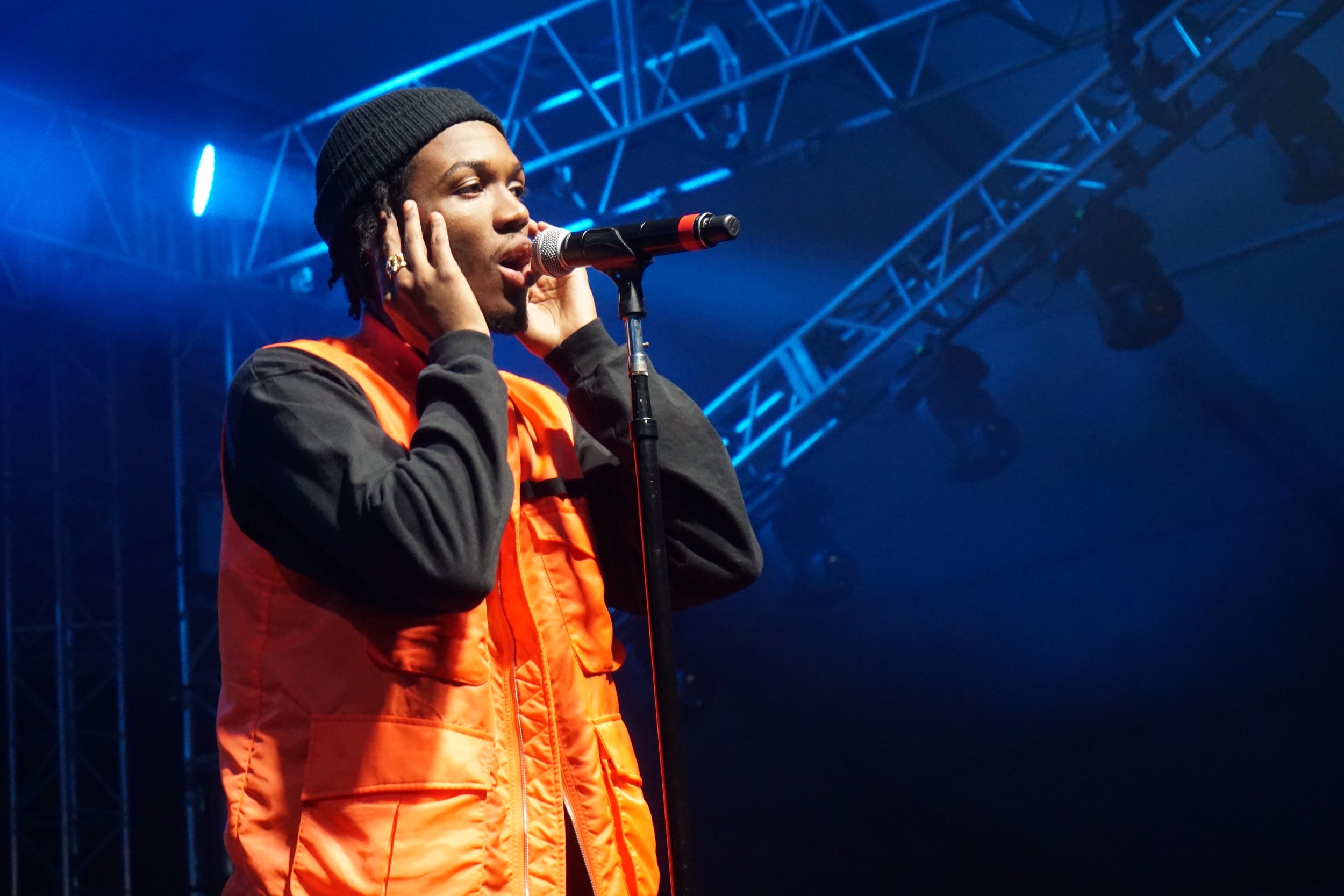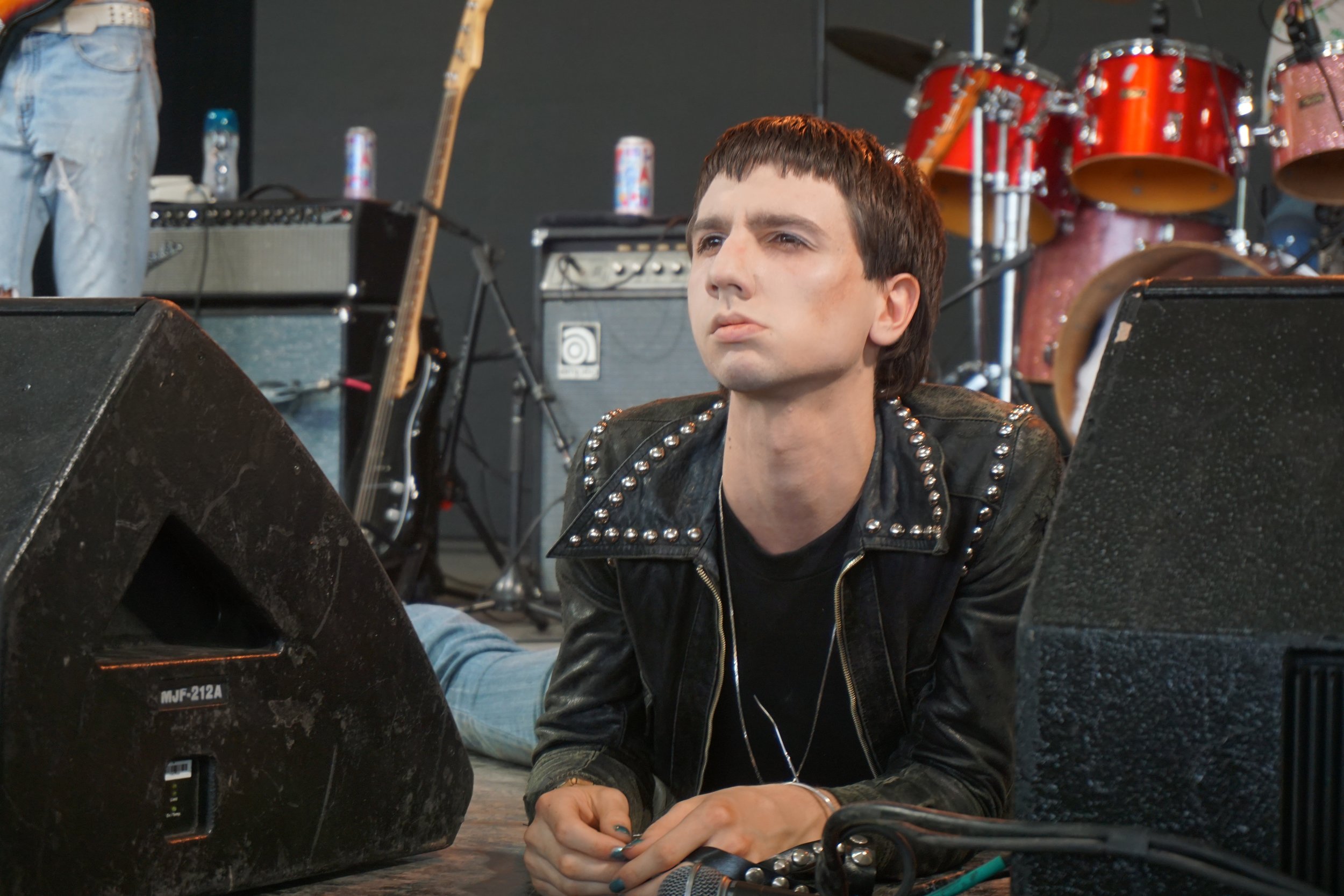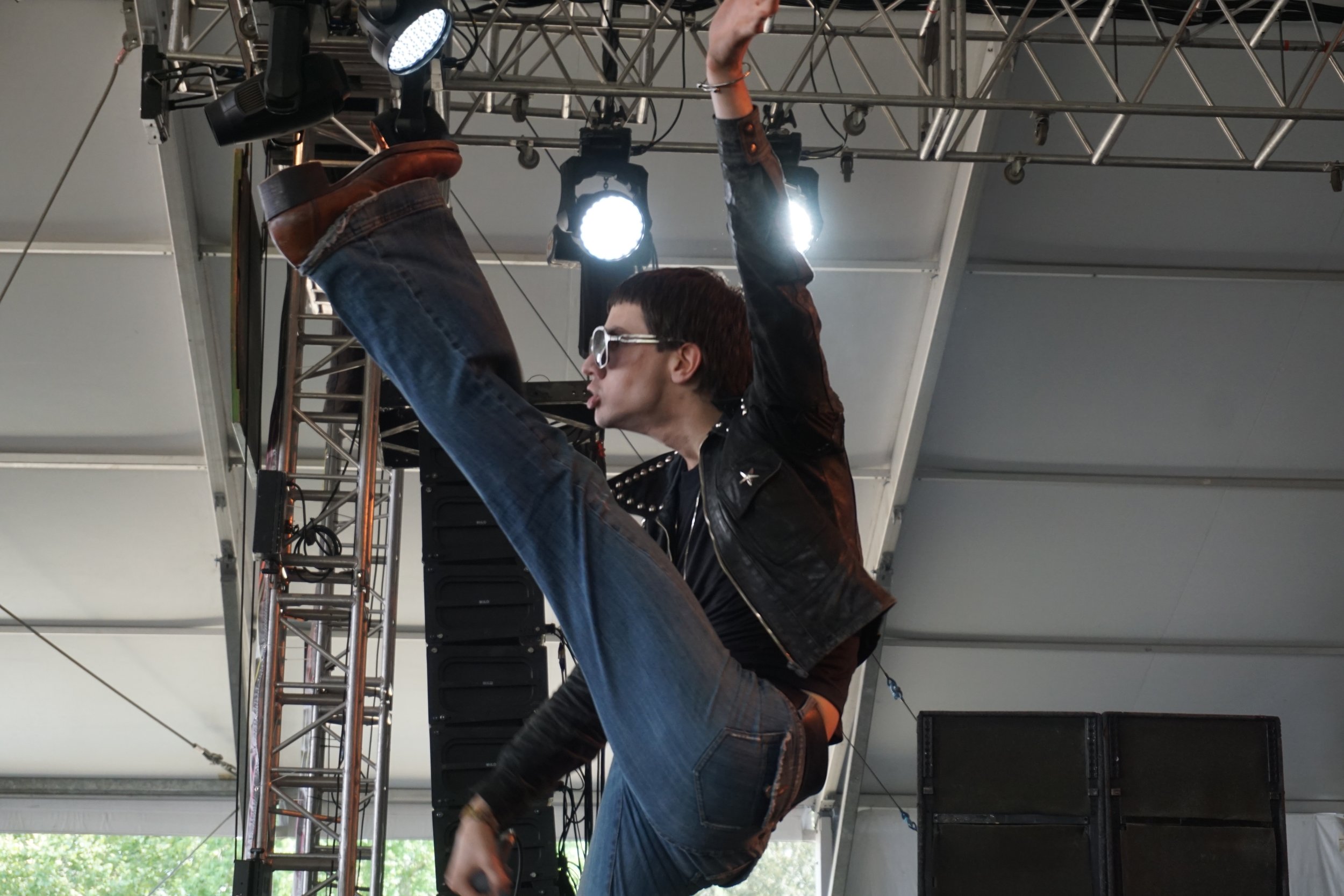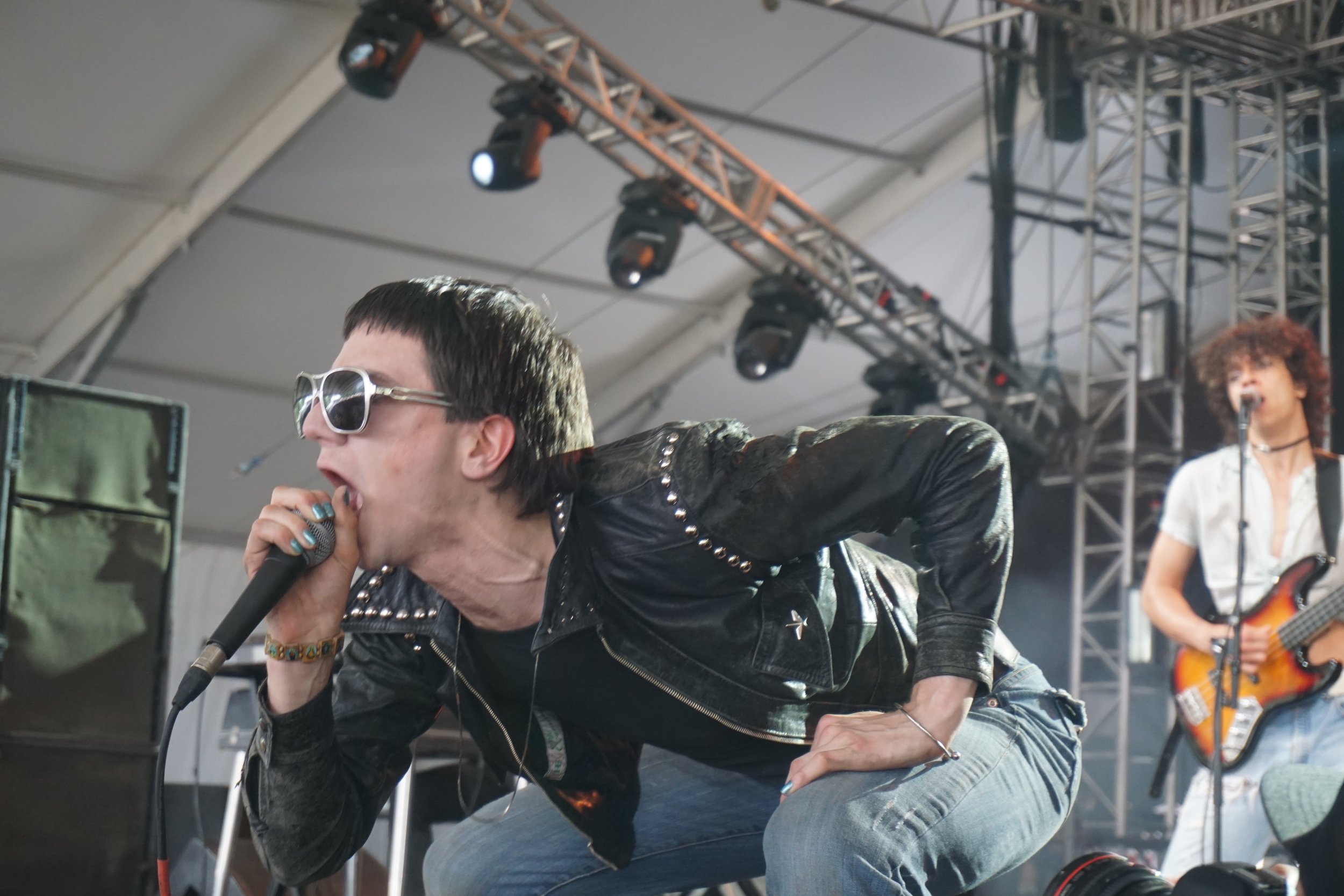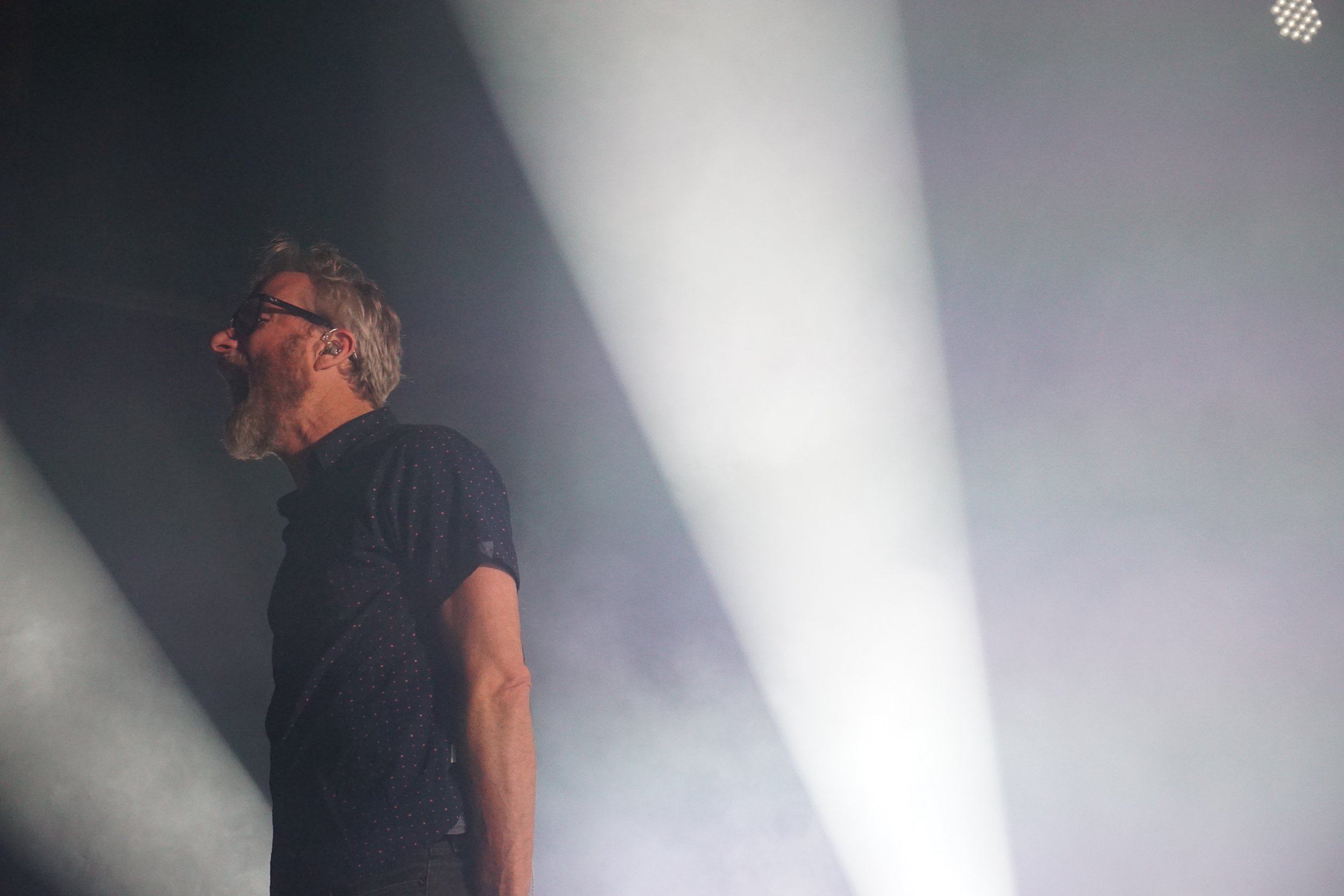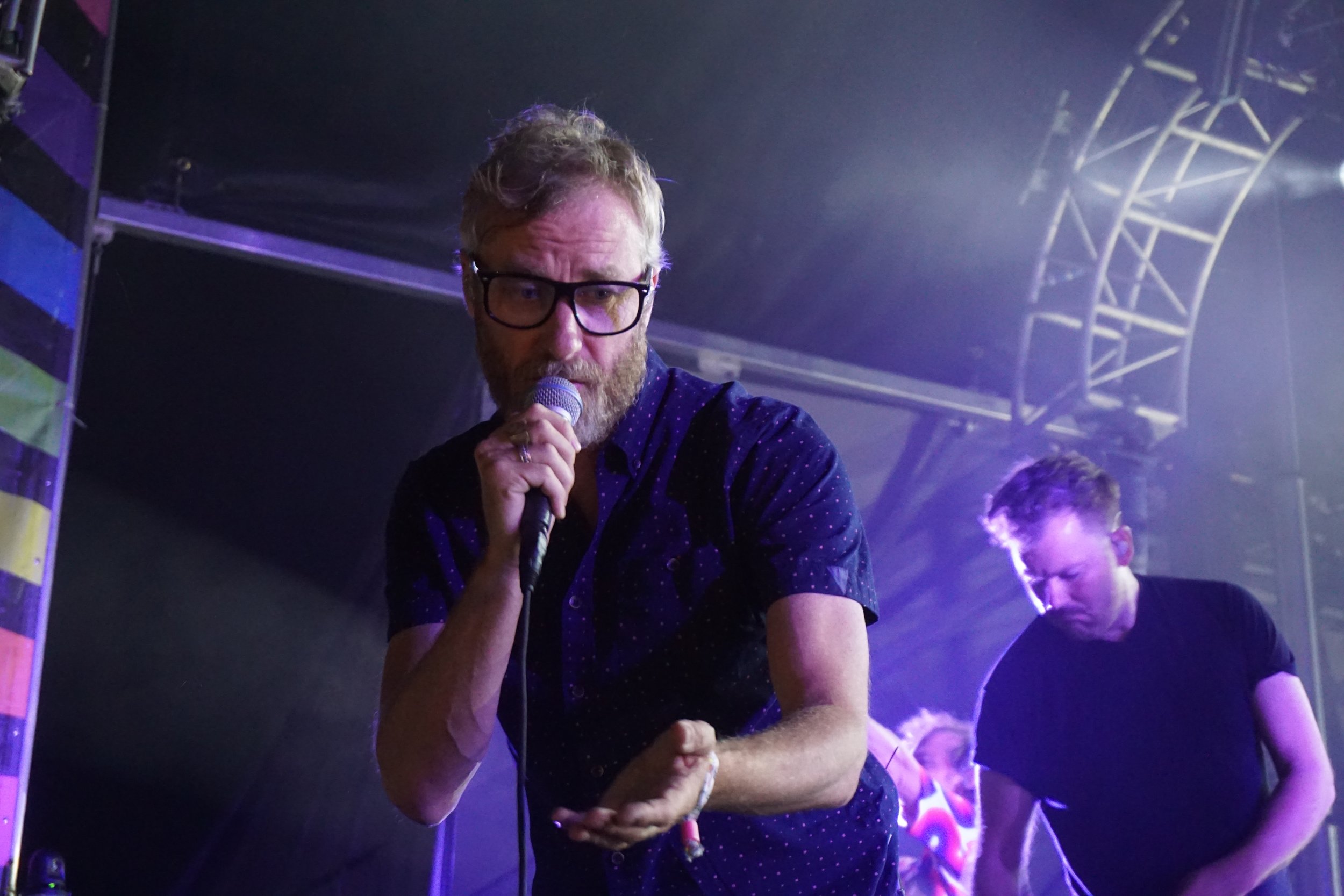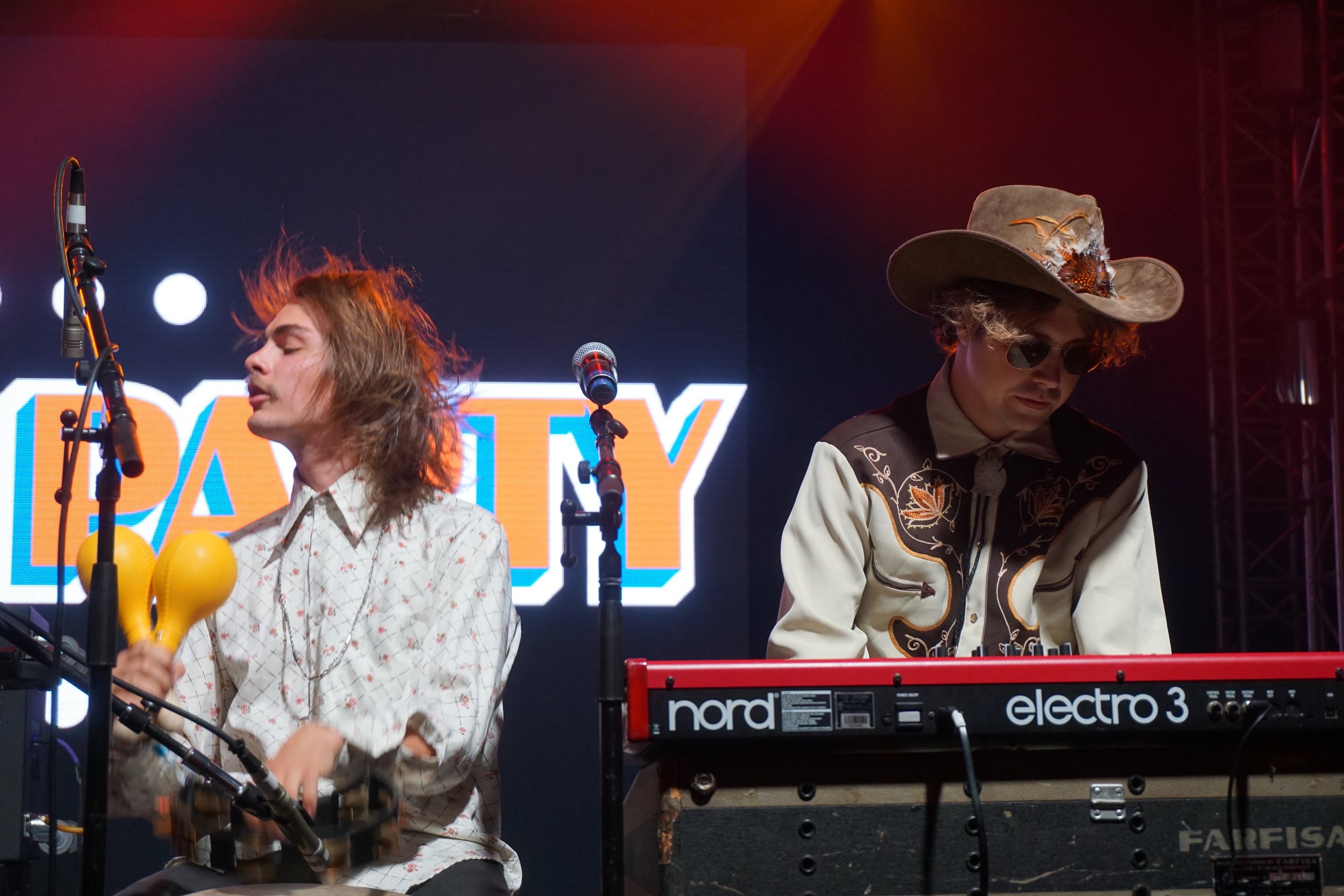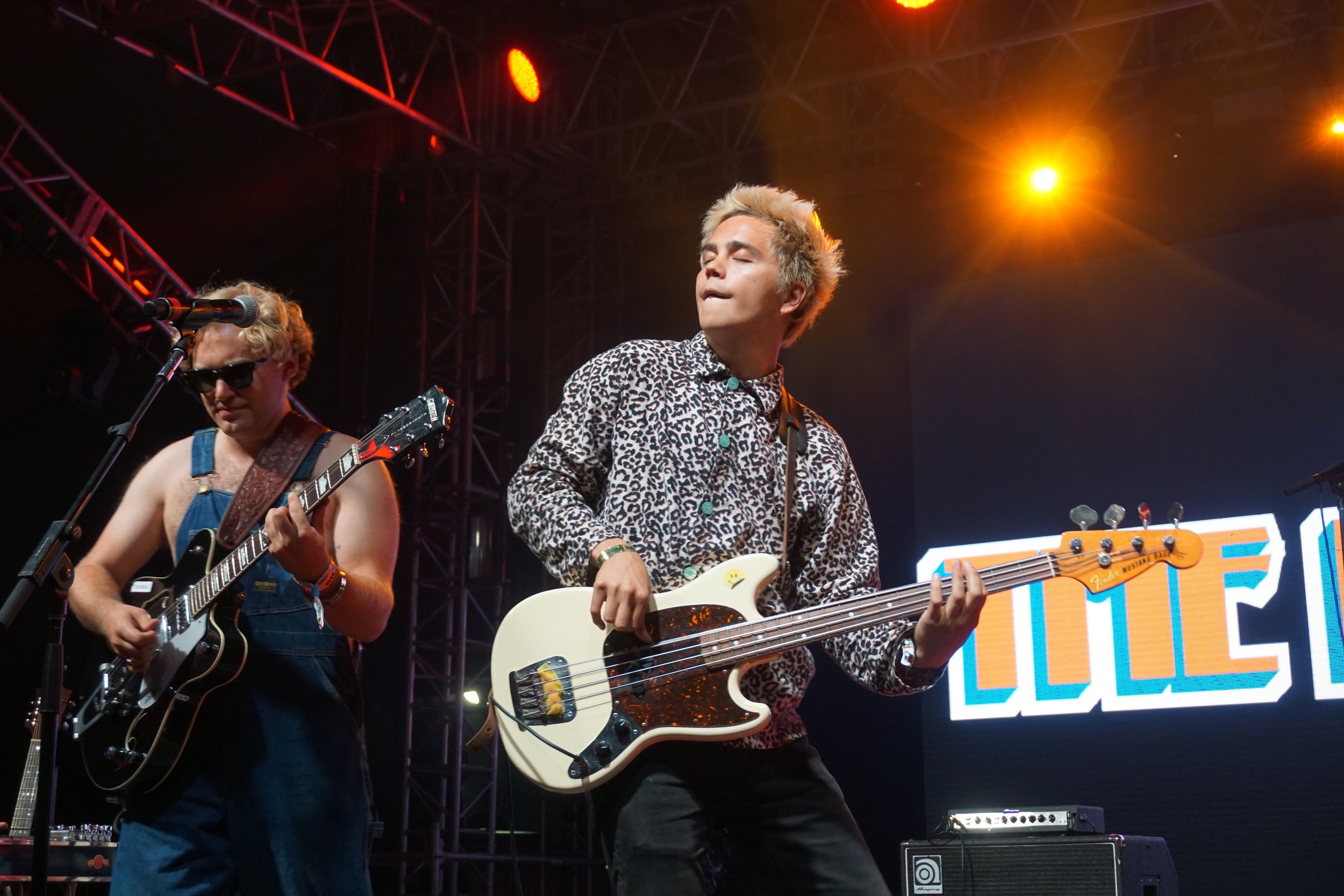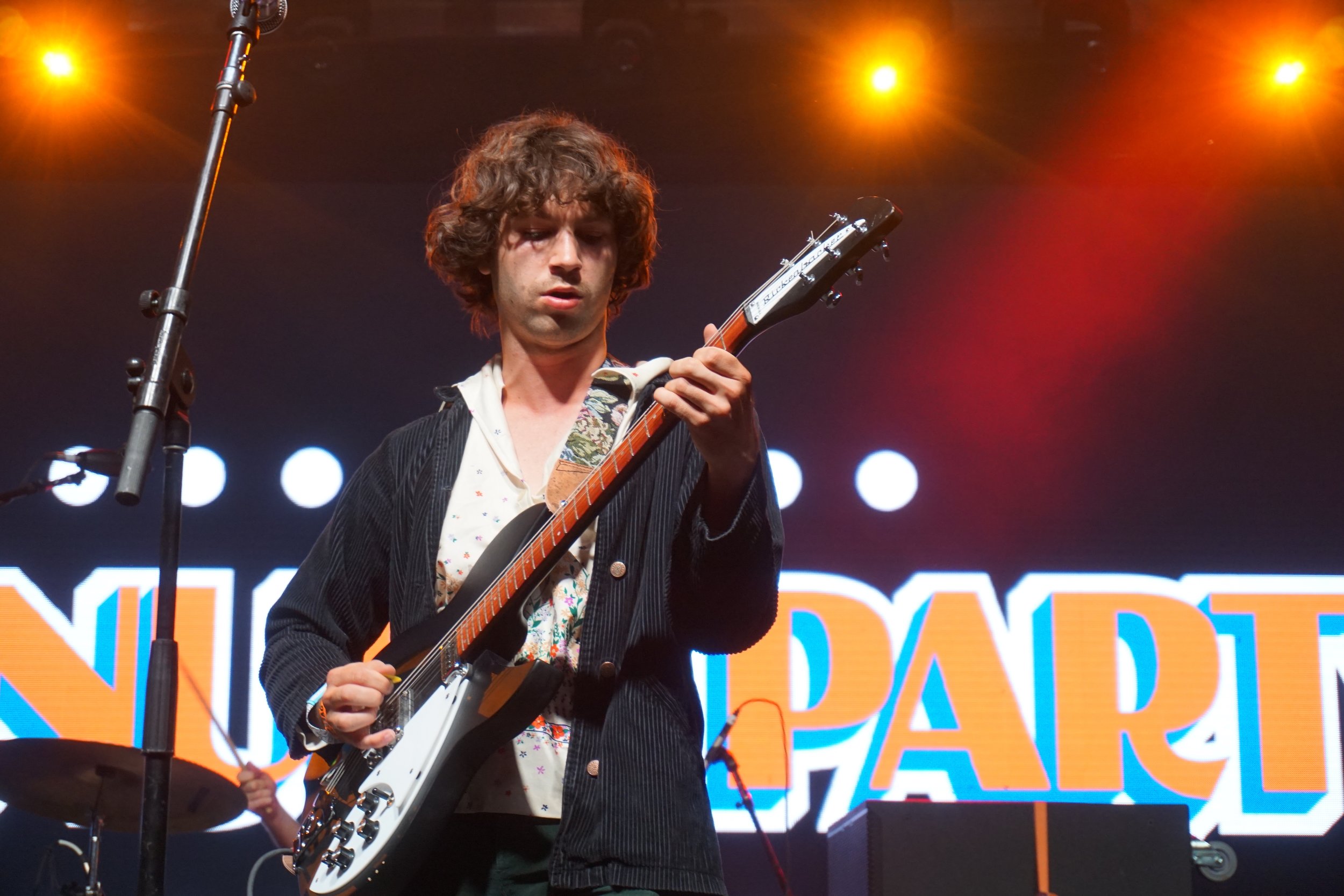Now/It's: A Way Too Late Bonnaroo 2019 Retrospective

Needless to say, it’s been a hot minute. A hot minute since the last event “recap” (see: indulgent rigamarole), and most recently, a hot minute since Bonnaroo 2019. But here we are.
Some of that is attributed to over-scheduling on my part, and the rest is just laziness (also on my part, and admitting is the first step toward self-improvement…. Or self-flagellation?). But I digress….
Outside of lackluster publishing schedules and non-existent self-imposed deadlines, this year’s Bonnaroo presented a particularly intriguing narrative (in my opinion) that actually somewhat lent itself to a “way too late” retrospective, again, born out of lazy serendipity rather than perceptive timing on my part.
Though if you’re just skimming through this retrospective, I’ll gladly take credit. So that’s what this paragraph represents, me taking credit for any and all journalistic clairvoyance that might be gleaned (not all that dissimilar to Live Nation and Superfly, though we’ll get to that later). If you’re actually reading the whole write-up (see: rambling yarn), then thanks and get ready for something probably 500+ words longer than it actually needs to be.
Now, to understand the uniquity (favorite word!) of the 2019 installment of Bonnaroo, it might help to look back at past installments. Bonnaroo has seen 17 installments since 2002, 8 of which exceeded 80,000 tickets sold, which would qualify as a “sellout,” per the numbers for this year’s Bonnaroo, which was, in fact, sold out, making it the ninth sellout. Now, originally, I planned on really hammering home the enormity of a Bonnaroo “sellout,” but, in my research (there’s research!?), Bonnaroo’s final sale numbers are delightfully skewed.
Supposedly, the 2012 installment saw on upwards of 100,000 people (including myself) make the hajj out to “The Farm” to see the likes of Bon Iver, Feist, The Beach Boys, Radiohead, Red Hot Chilli Peppers, and Phish (more on them later). 2013 and 2014 subsequently saw 90,000+ to see (mostly) Paul McCartney and Elton John (sorry Kanye), respectively.
That being said, most coverage of the redemptive powers of Bonnaroo 2019 cites 2013 as the last sellout of Bonnaroo, despite a since deleted USA Today article by Ryan Patrick providing another 90,000+ attendance for 2014. So, either Superfly in its final year of running the show at Bonnaroo had some sort of “last year we sold this many tickets so we’ll raise the cap to 100,000 to chase the white rabbit that was 2012” sliding scale, or, 2013 wasn’t actually a sellout. Or 2014’s sales deserve some sort of audit. Or maybe this isn’t The Big Short of music festivals and I shouldn’t try digging into the ticket sales of Bonnaroos past with no real investigative angle or Christian Bale/Ryan Gosling/Steve Carrell on-screen charisma.
Yeah, maybe I should just chill and focus on the “Positive Roo Vibes” that had long been reiterated ad nauseum to festival goers in years past, but was decidedly absent this year (more on that later).
Perhaps (but likely not) because of the confusing account of numbers from 2014 and a wave of dwindling ticket sales throughout all of festival-dom, 2015 saw Live Nation come in and purchase a controlling (not complete ownership) stake in Bonnaroo. Think of Facebook buying Instagram, one massive cash cow buys a “cool,” semi-established, but middling industry player to hedge their own bets in case of emergency. And then things went to crap (much like Facebook… Hey Wired, need a music writer!?).
Among many festival-goers and people who spend too much time talking about the business of music festivals (small sample size), ripples of fear for the integrity of Bonnaroo reverberated through the unwashed masses. 2015 saw a considerable drop in ticket sales (74,000 or so), though it’s still up in the air whether or not it was in spite of Live Nation or the decision stalemate between Billy Joel, Robert Plant, Game of Thrones Season 5 finale, Freddie Gibbs & Madlib, and G-Eazy fans forced to decide between their five favorite Sunday night activities. Tough to tell! But, like any great hero, Bonnaroo had yet to hit rock bottom. Enter the persona non grata that was 2016.
Bonnaroo 2016 was the unwelcomed nadir that presented many a fun armchair festival economist think piece. A grand total of 45,537 tickets were sold to see LCD Soundsystem, Pearl Jam, Tame Impala, Elle Goulding, Lamb of God, Father John Misty, and Dead and Company (twice). On premises (and behind the scenes), you would have thought you were on the set of an already cancelled tv show. Whispers of “what are we going to do about this” and “is Bonnaroo dead?” slithered hither and to each corner of The Farm. While 2017 was an improvement, it didn’t alleviate many of the concerns regarding the festival.
As one might imagine, there was plenty of debate about whether or not Manchester would renew its deal with Superfly/Live Nation/Bonnaroo once their contract was up June. Apparently, Bonnaroo agreed to pay a $3 fee for every ticket sold and a $30,000 flat fee to the county each year, which amounts to $250,000 annually, all in addition to a cool $1,000,000 in sales tax revenue from the festival. But in the end, none of that seemed to be of as much value to Coffee County with the roller coaster of attendance at Bonnaroo. So the equivalent of a “show me” contract was agreed upon for 2018/2019.
We’ll skip over 2018, as you can read through the festival that was from our recap of last year here. In short, it was the first year in a while with little to no hullabaloo, and some relative stasis.
Now, for 2019. While this did seem to be the year Live Nation and Bonnaroo “figured it out,” it did not necessarily feel like a “fixed it” or “back to the what makes Bonnaroo Roo” sort of way. Rather, it felt like a Live Nation finally imprinted themselves on the festival. Or got it to where Bonnaroo operated 100% their way.
Granted, that’s not necessarily a bad thing. If people had a good time, then what more can you ask for? I had a great time, despite what the tone (which I’ve discernibly confused and contradicted throughout) of this writeup might indicate. Even still, there were some aspects of “classic” Bonnaroos that were remarkably absent. Most notably (in my opinion), were the “posi-vibes” that made Bonnaroo (at times) annoyingly endearing. The people who would look forward to their four/five-ish days on The Farm as an escape from societal norms. Sure, those people were still present at Bonnaroo, however, the festival didn’t seem to endorse them in the manner of which it once would. Or maybe I was too caught up in the machinations of the festival to notice. If so, shame on me.
That being said, something still felt “off” about Bonnaroo, despite all the things that were on point. One being The Grand Ole Opry’s move from Sunday night Tent closer to Thursday evening headliner. Last year, The Opry’s inaugural Bonnaroo installment had to fight against the likes of Alt-J, The Killers, and whoever was at The Other to middling results. This year, the course correct was a stroke of genius - Thursday night is the most aimless of evenings at Bonnaroo, as people explore the tents knowing no headliners are set to grace the Main Stage. Thus, Molly Tuttle, Charlie Worsham, Steve Earle, Ricky Skaggs, Old Crow Medicine Show, Ashley Monroe, and more managed to purvey their country music wares to a decidedly non-typical Opry crowd. Furthermore, Rolling Blackouts Coastal Fever, Peach Pit, Saba, and The Nude Party served as the classic Thursday night momentum movers (small bands, big show, biggest crowd to date).
Other discernibly different or inaugural components of Bonnaroo 2019 included the festival’s first Pride Parade, with Kacey Musgraves as Grand Marshall, who was at one point slated to ride a stallion throughout the parade route all the way to her Which Stage Golden Hour set. Oh what could have been, but also understood, because that would have been a slog. The Pride Parade is a definite success, but it does have a little bit of that “Corporations Celebrate Pride 2019” meme feel to it. Despite that, it was a definitive success, and Kacey managed to put on one of the best, if not the best, set of the festival.
Since we’re on the subject of “best” sets (highly subjective), some other favorite sets of the festival included Courtney Barnett, Beach House, Peach Pit, Brandi Carlile, Maren Morris, Clairo and Brockhampton.
Those last three present an interesting scenario of future Bonnaroos. Another notable feature of Bonnaroo 2019 was the fact that it did not coincide with CMA Fest, the first time that happened in a while. That allowed someone like Maren Morris - who is continuing her conquest of crossing over into the larger pop realm all the while maintaining her country presence - to pull double duty without overextending. It should be noted that she closed her Bonnaroo set with “The Middle” by Zedd, as opposed to “My Church” or something a little more “country.” Then there’s Claire and Brockhampton. Two very “hype” artists, both Internet sensations in their own right, but appealing to a considerably young demographic, which is the new demographic of Bonnaroo. I’ve always thought Bonnaroo was a young person’s game, but Clairo and Brockhampton’s sets all but confirmed such a notion. Those were easily the two most fervent and committed crowds that I witnessed at the festival, and I wouldn’t be surprised if in the future, we see the likes of Why Don’t We, Charlotte Lawrence, BTS, and other youthful Internet megastars headline Bonnaroo, and fewer instances of the likes of Phish pulling double duty (thank goodness).
If there was any single takeaway from Bonnaroo, it’s that Live Nation managed to get it back to some modicum of the standard of music festivals, but whether or not that means it’ll continue to change or return to Bonnaroos past remains to be seen (sneaking suspicion is the former). Either way, Live Nation must have been pleased, because thanks to being lazy about a writeup, it was announced in the past couple of days that Live Nation completed a full buyout of Superfly’s remaining stake in Bonnaroo. So, with Live Nation firmly planting its flag in Manchester, Tennessee, it’ll be interesting what the trajectory of Bonnaroo is in terms of corporate crown jewel or escapist haven of the arts.
Either way, I suppose what’s left to say is see you on The Farm in 2020.

